Chemistry and Chemists № 3 2025
Journal of Chemists-Enthusiasts
| Content | Chemistry experiments - video | Physics experiments - video | Home Page - Chemistry and Chemists |
|
Chemistry and Chemists № 3 2025 Journal of Chemists-Enthusiasts |
Tritium, Calcium Chloride, and Wasp - pt.3 Chemist |
|
Having noticed a mistake in the text, allocate it and press Ctrl-Enter
...my colleague brought me a hermetically sealed jar of calcium chloride.
"This is the original anhydrous calcium chloride. You don't need to distill it. I think it contains very little water." "I'll distill this sample too - after all the others." The next day, I finished distilling the calcium chloride samples from the traps that had been left for 24 hours near the radioactive waste storage facility. Only the control sample remained. Since the water content in the control sample was expected to be low, I placed as much calcium chloride as possible into the distillation flask. I turned on the heat, expecting that no noticeable amount of liquid would form in the flask and that the volume of the distillate would not exceed one milliliter. Imagine my surprise when the "anhydrous" calcium chloride melted, turning into a mobile suspension! Soon, the distillate began dripping vigorously into the receiver. The amount of distillate obtained was more than sufficient for analysis - over 10 mL instead of the required 8 mL. It was now obvious that the original calcium chloride used to absorb water vapor from the atmosphere had initially contained a large amount of water. It was not the anhydrous salt required for this analysis. The problem was that it was now impossible to determine how much water had been absorbed by the calcium chloride from the air near the radioactive waste storage facility and how much had been present in the salt from the beginning. The original water "diluted" the water absorbed from the atmosphere, leading to an underestimation of the tritium analysis results. I then remembered that I had suggested to my colleague that we weigh the samples before distillation, but he had refused. We should have weighed the samples before and after distillation (together with the flask). This procedure would have allowed us to determine the water content of both the original calcium chloride and the samples that had absorbed moisture. Then, by comparing the differences, we could have calculated how much moisture each sample had absorbed and corrected the tritium analysis data accordingly. I asked my colleague to show me the package containing the original calcium chloride. It turned out that it was not a chemical reagent at all, but household desiccant packets labeled in Spanish as "Calcium Chloride for Drying." No one had ever claimed that this salt was anhydrous. For example, it could have been the hemihydrate, CaCl2·0.5H2O. I remembered reading, in an old chemistry book many years ago, a description of a method for preparing calcium chloride granules of this composition. Such granules are far more convenient for drying than the anhydrous powder. Whether the calcium chloride my colleague used had exactly the composition CaCl2·0.5H2O was irrelevant. Later, I realized that even if we had weighed the samples before and after distillation, this would not have allowed us to accurately determine their water content. We distilled the water only until a sufficient amount of distillate had collected for tritium determination - not until all the water had been removed from the samples. A gravimetric determination of water in the original calcium chloride and in the samples after exposure to air would have been necessary. The procedure was simple: weigh the samples, heat them to constant mass, and weigh them again. The original calcium chloride was still available, so determining its water content would have been easy. However, the calcium chloride samples that had been exposed to air to absorb tritium had been completely, or almost completely, consumed - there was nothing left to analyze. I asked my colleague whether he had ever performed this type of analysis before. It turned out he had not. He had only seen another employee perform it - someone who had since left the country and had no plans to return. The conclusion was obvious: to obtain reliable tritium analysis results, it was necessary to reinstall the calcium chloride traps near the radioactive waste storage facility, this time thoroughly calcining the calcium chloride before use. Given the outcome of the previous expedition, I was categorically opposed to the idea. I said to my colleague: "You're not planning to go back into the forest to ''visit the wasps'' and install new calcium chloride traps, are you?" "No." "So, send your former boss the results you have. If he doesn't like them, let him come from sunny Italy and show us how to perform the analysis properly." |
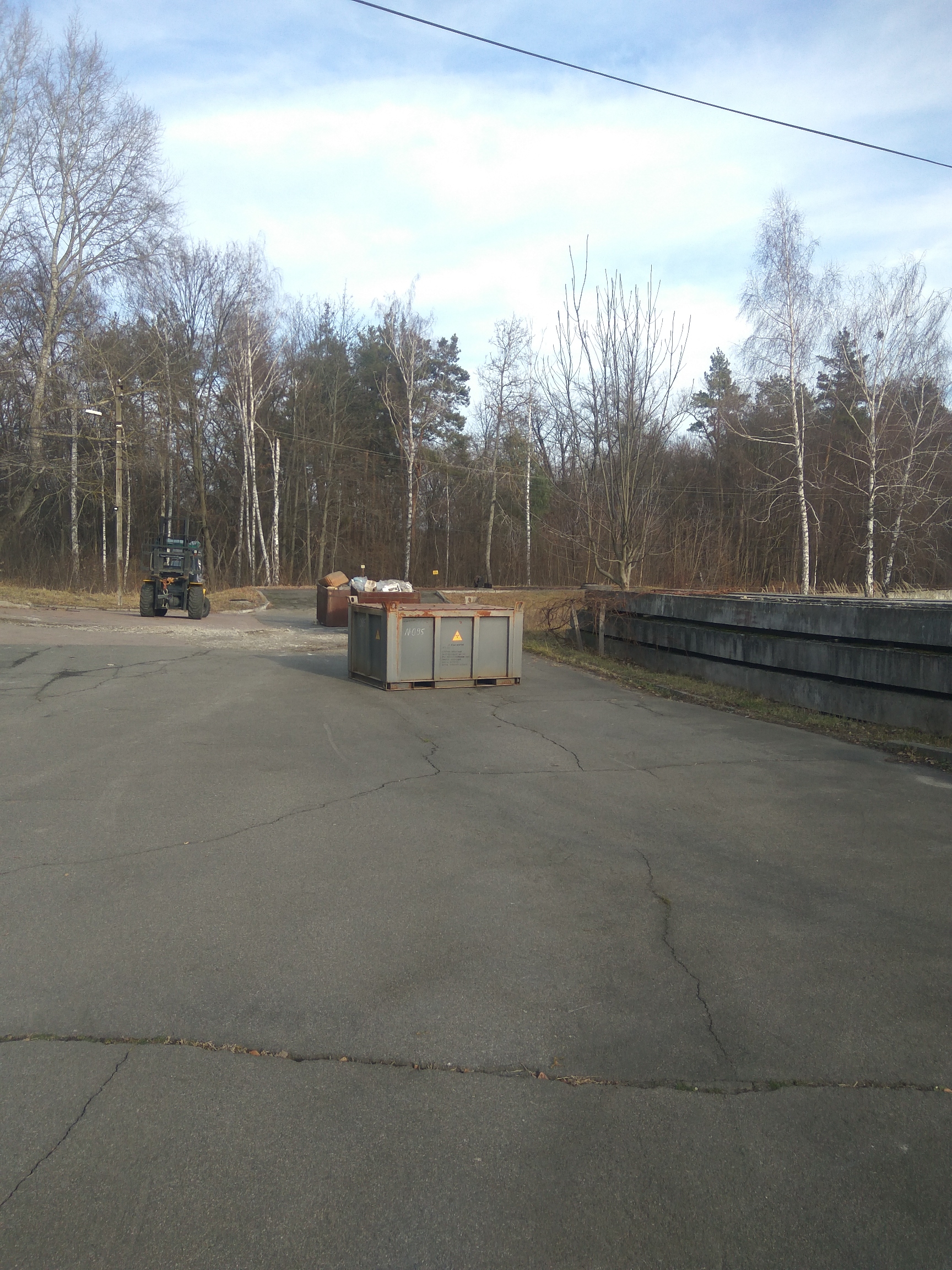
Work with radioactive waste |
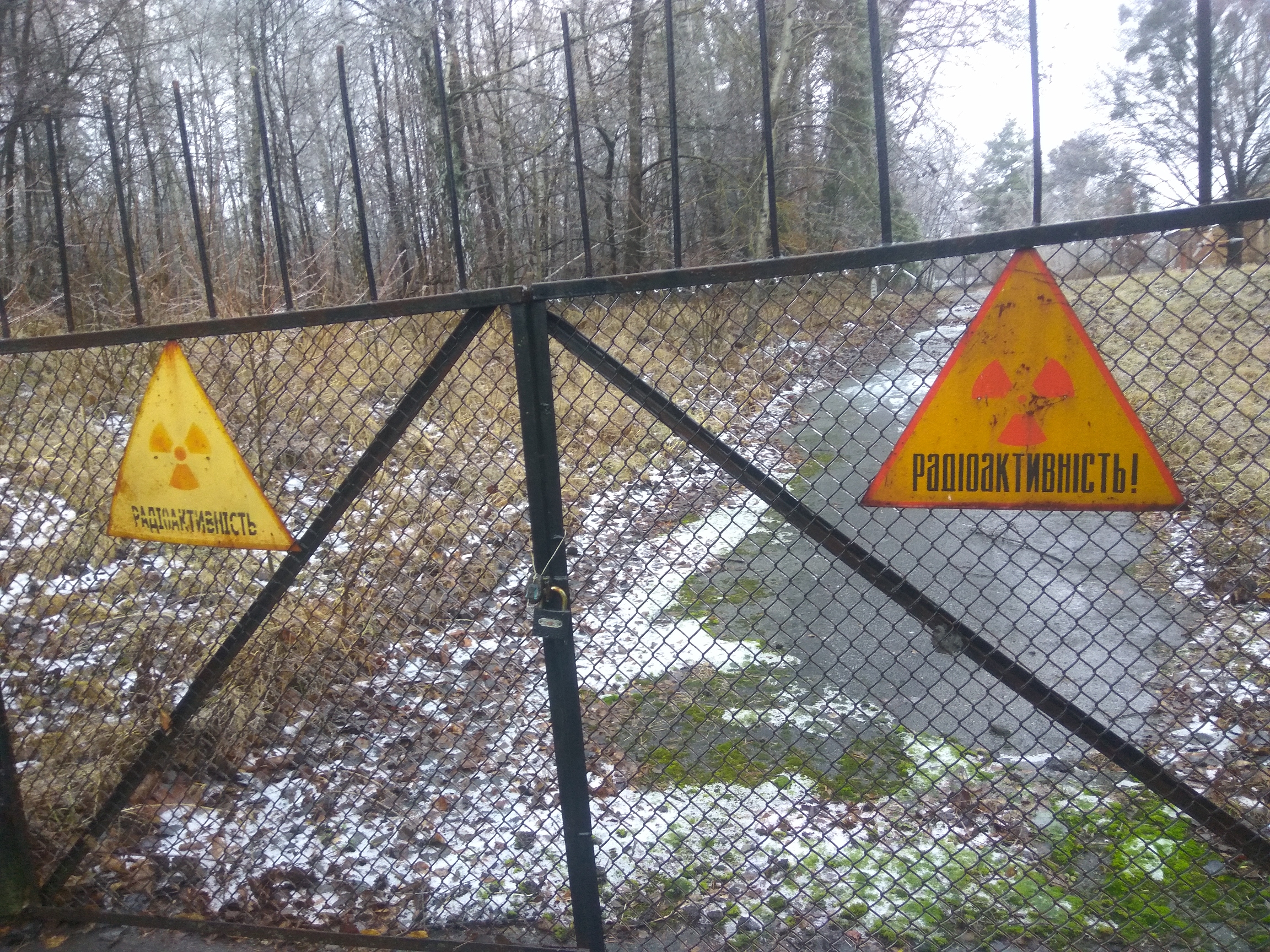
|
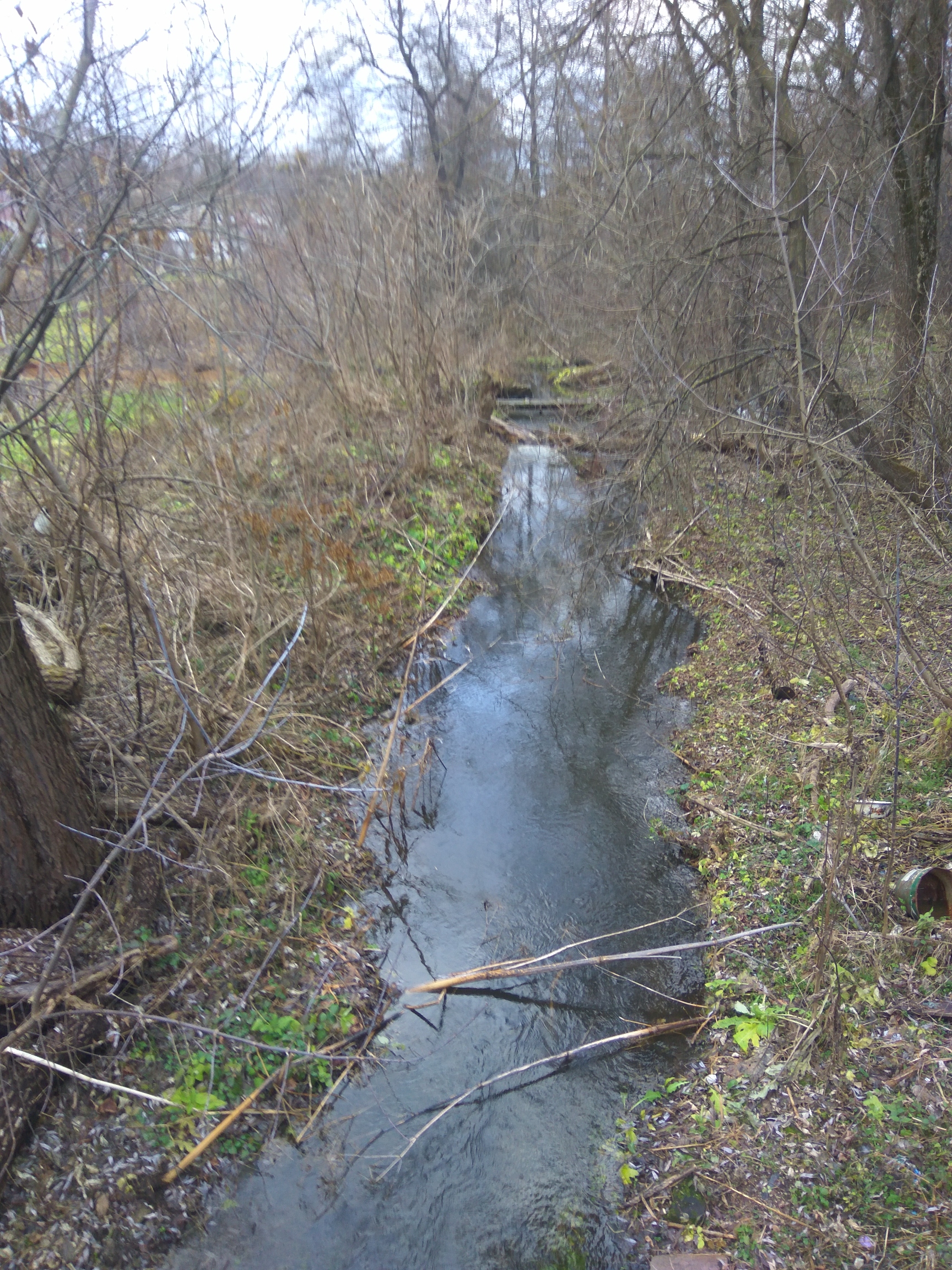
|

|
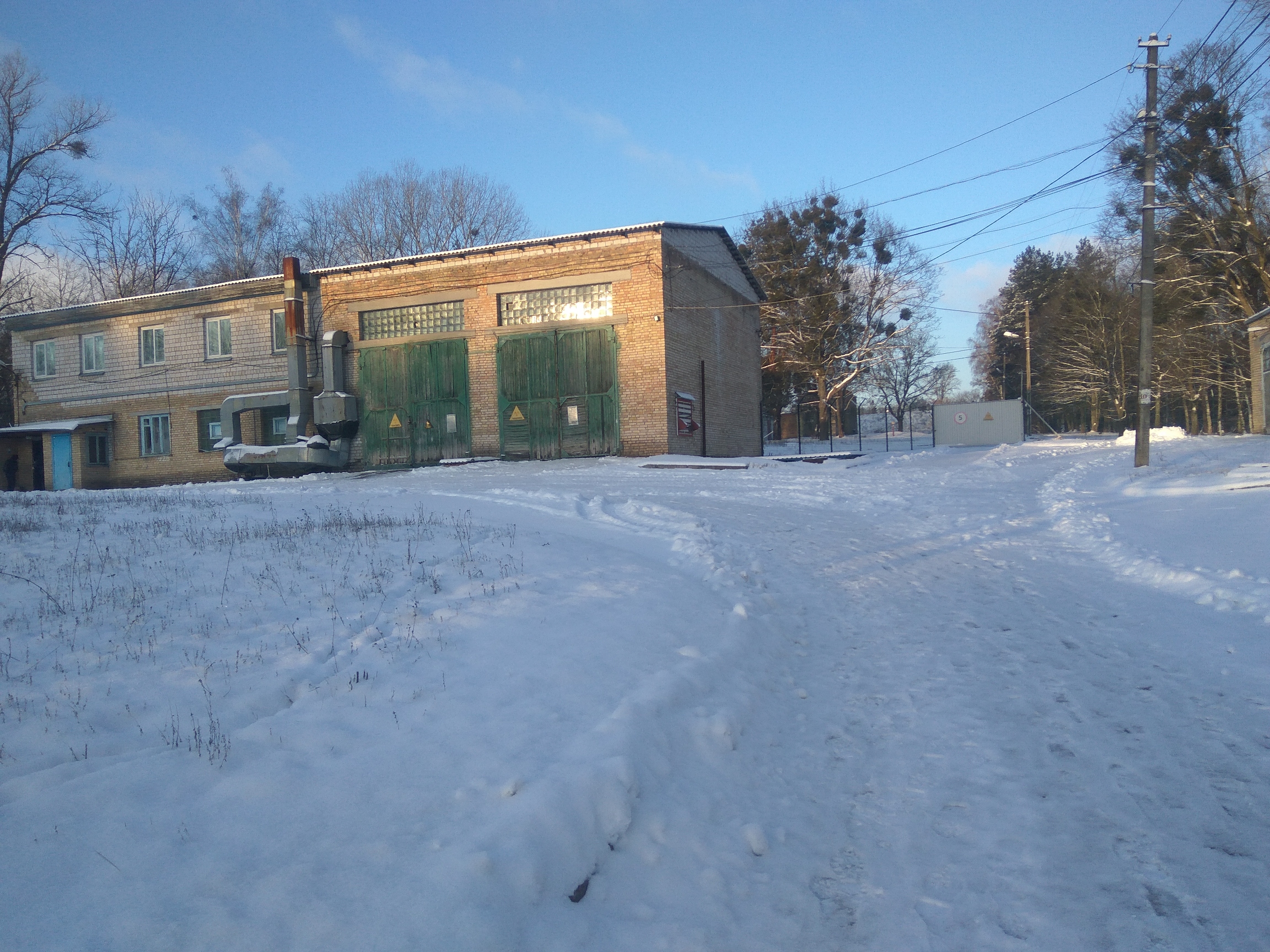
|
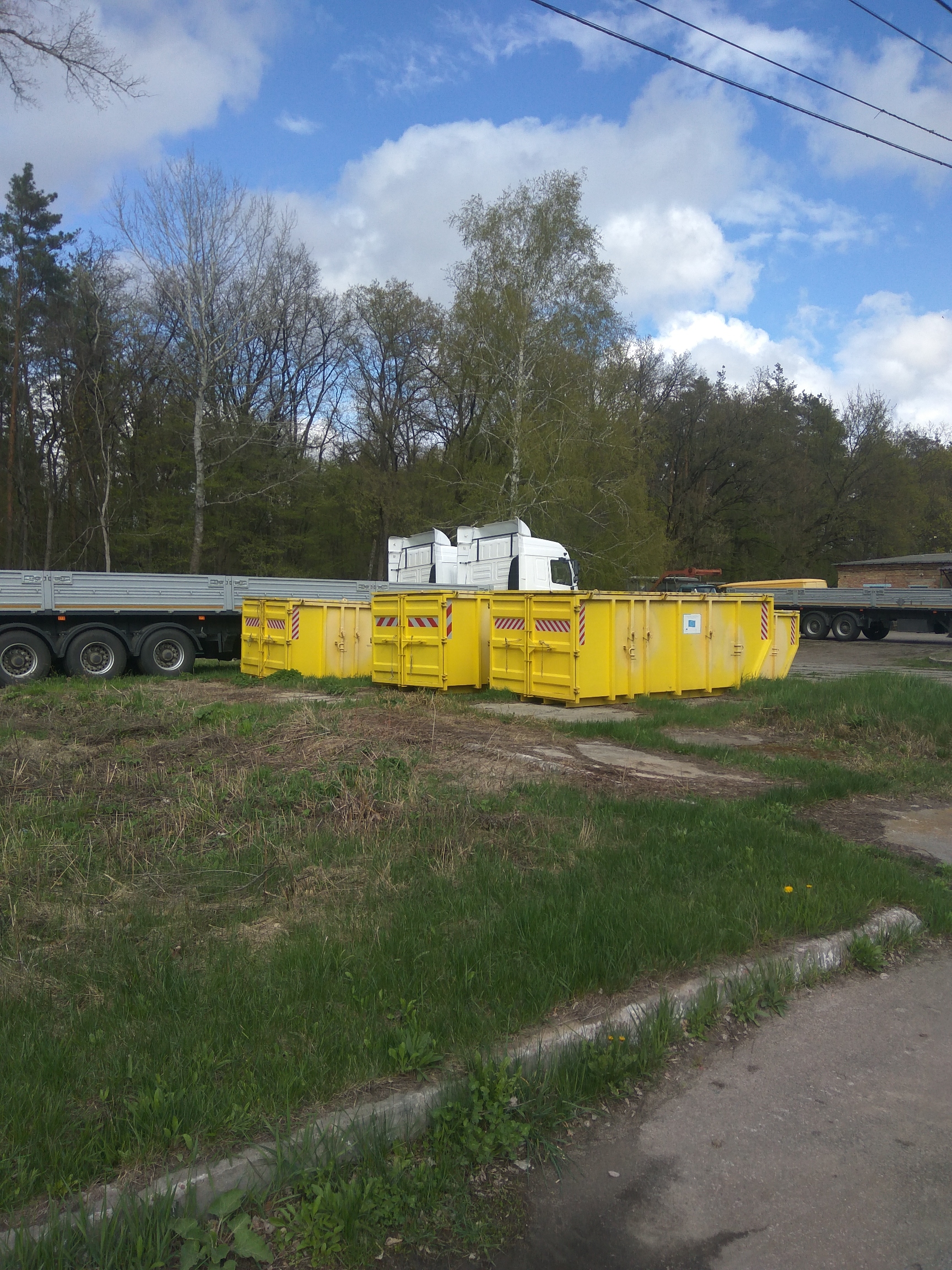
|
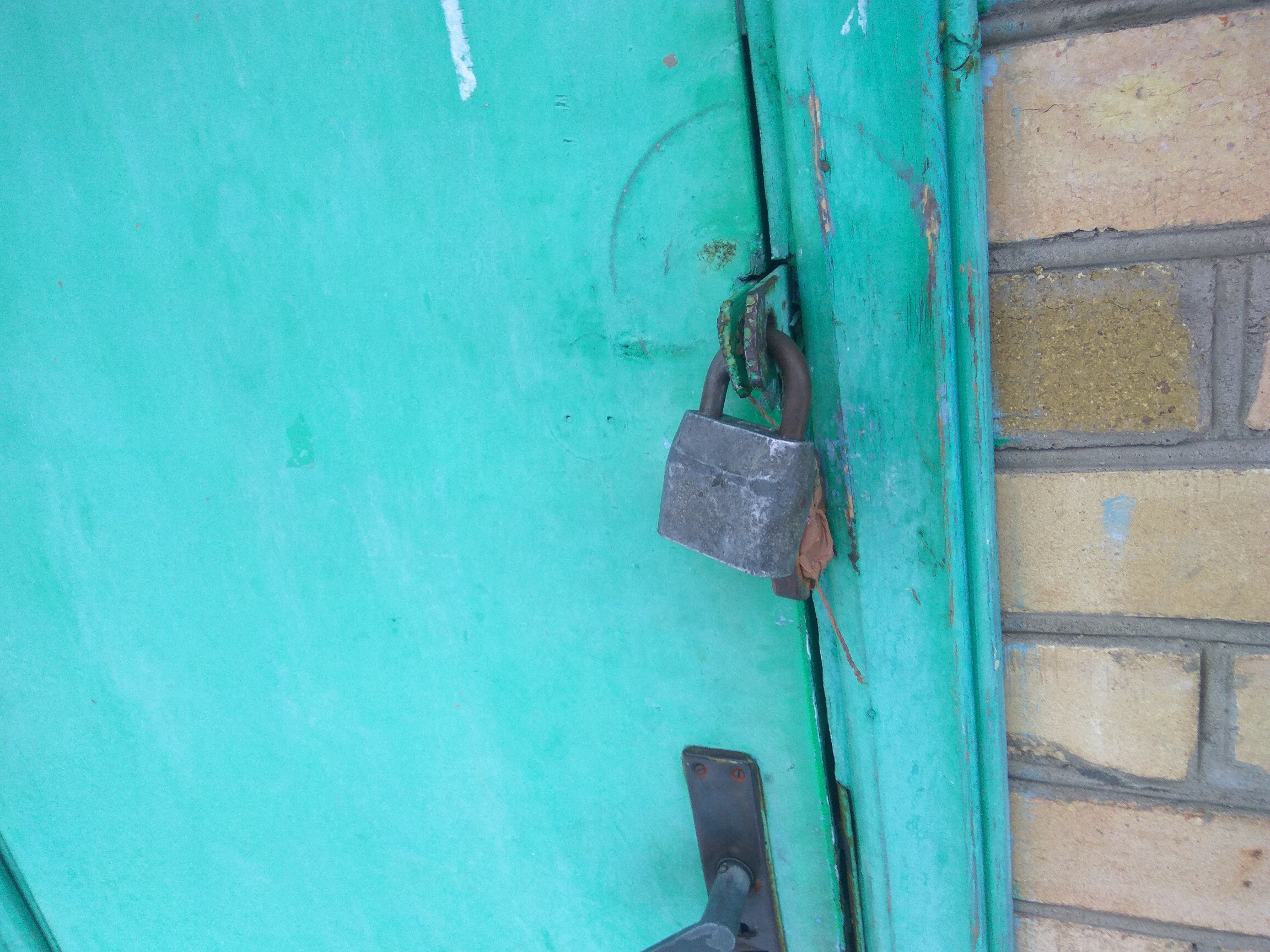
|
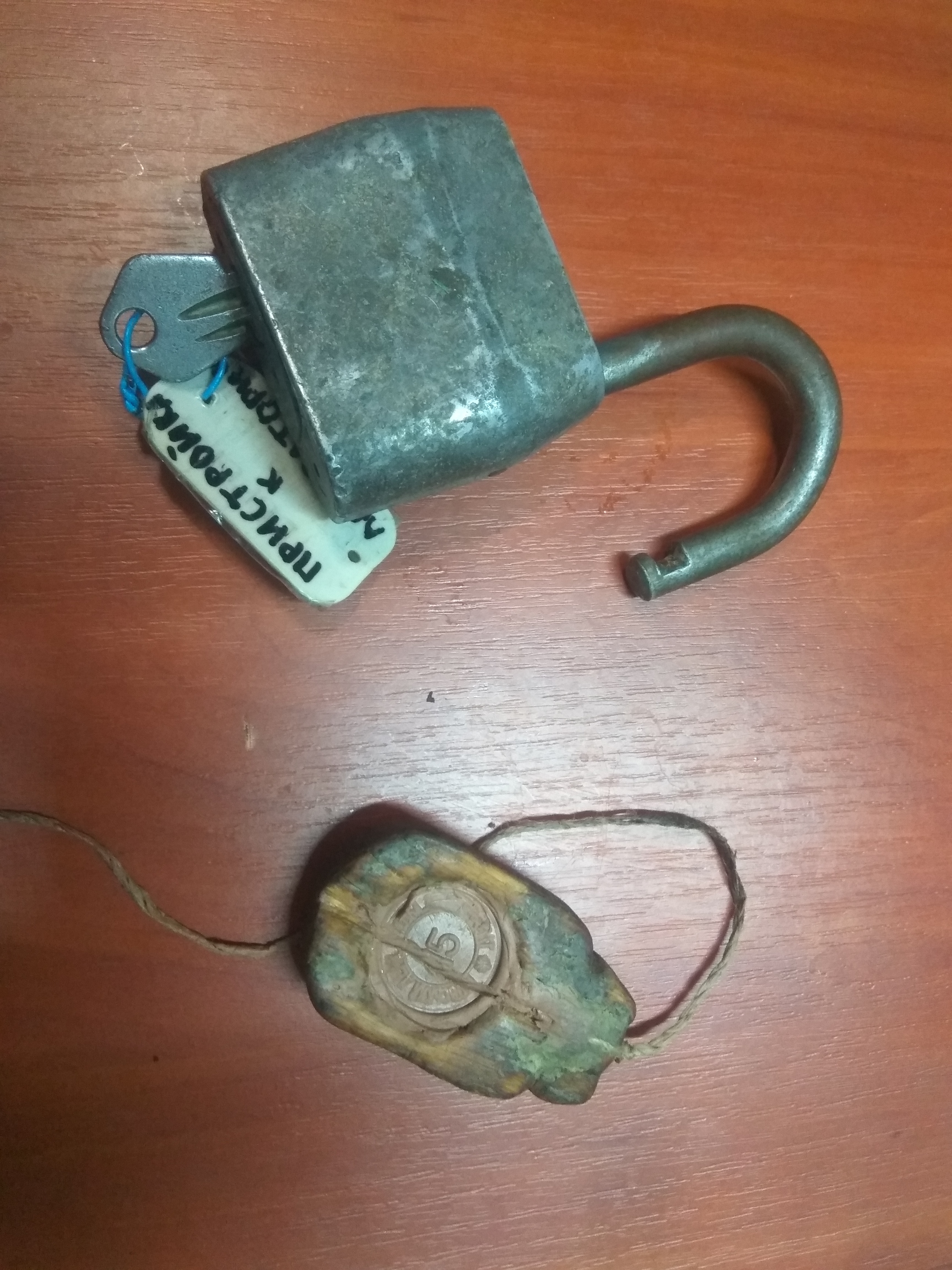
|
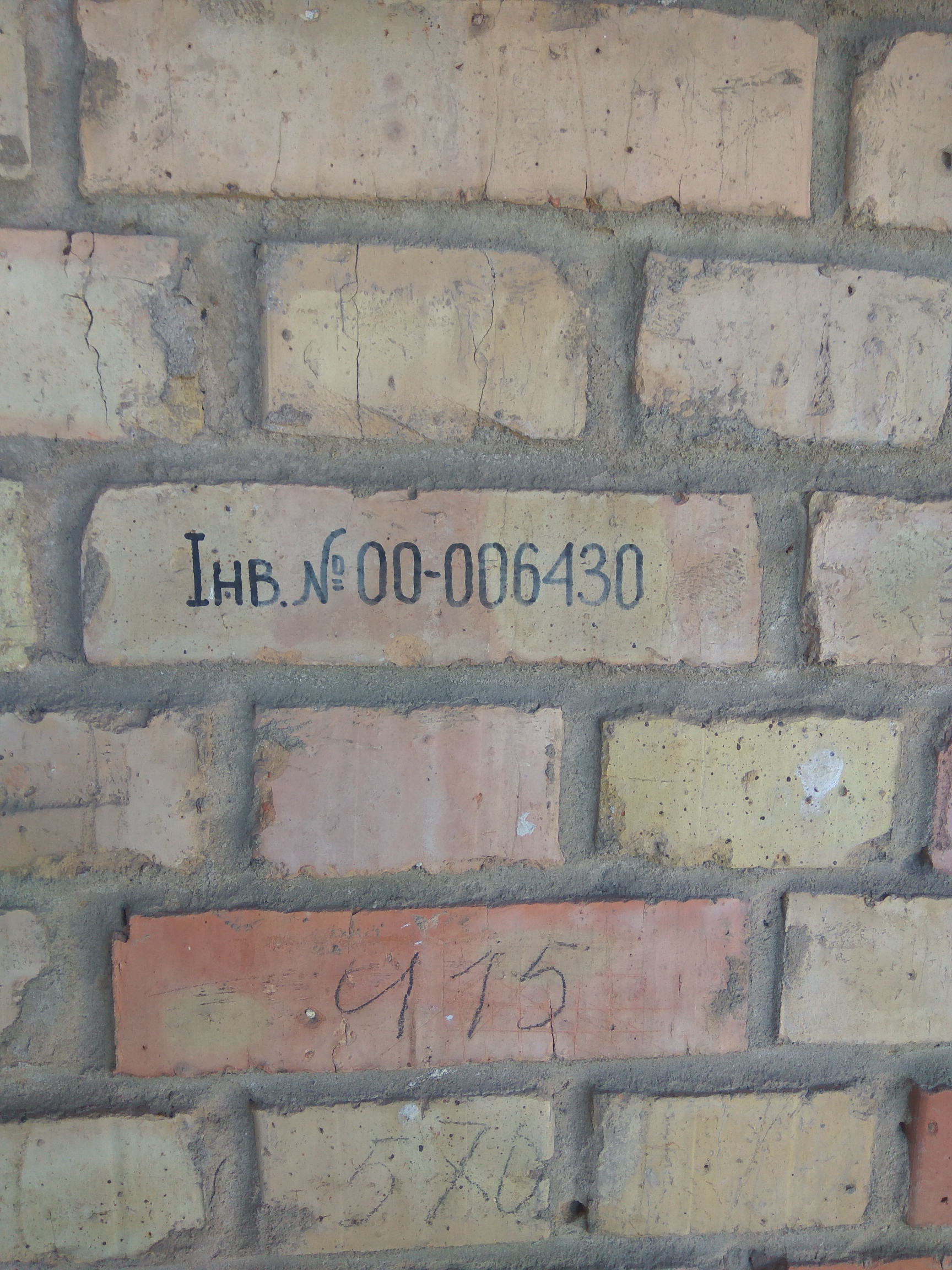
|
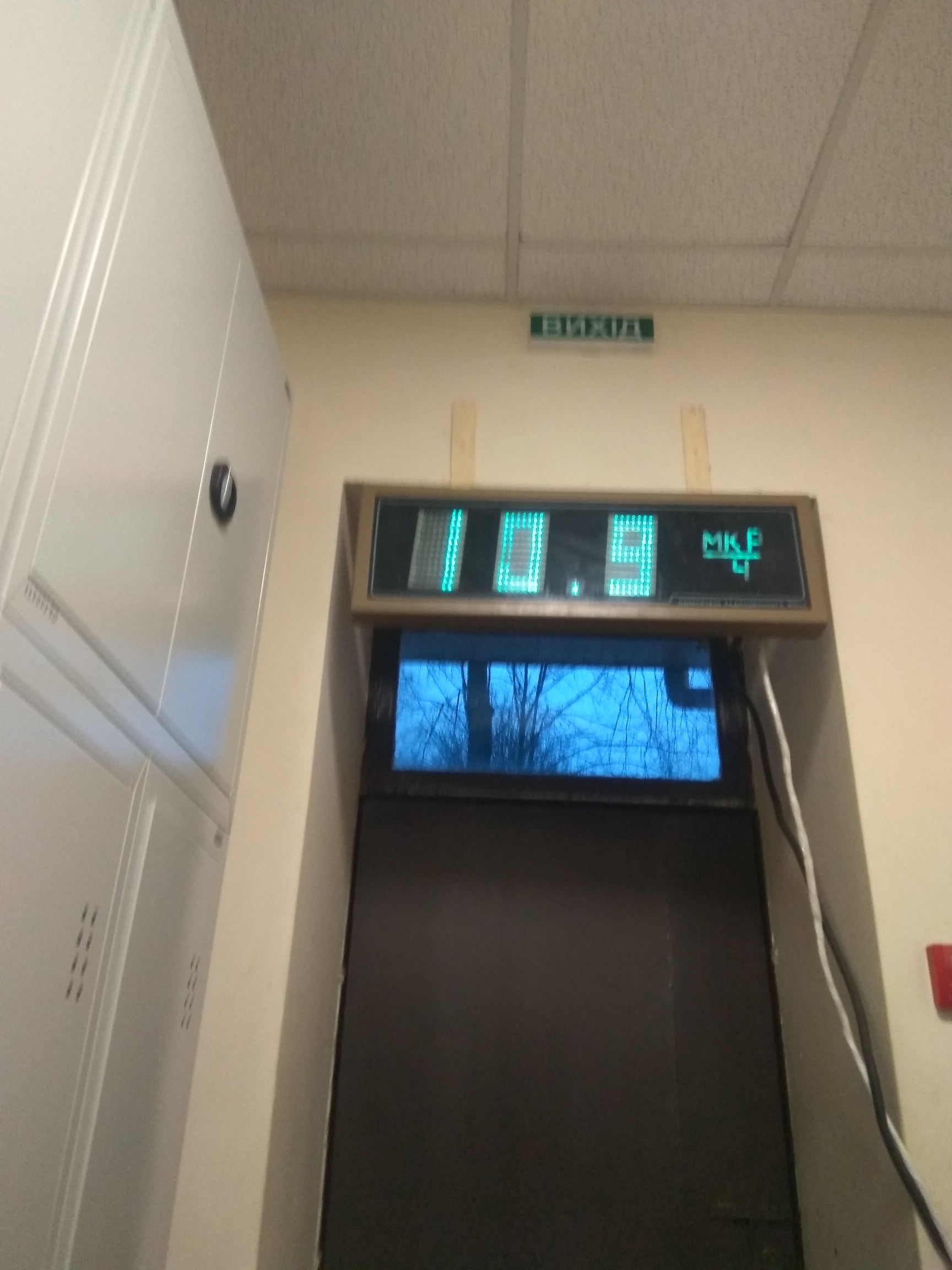
|
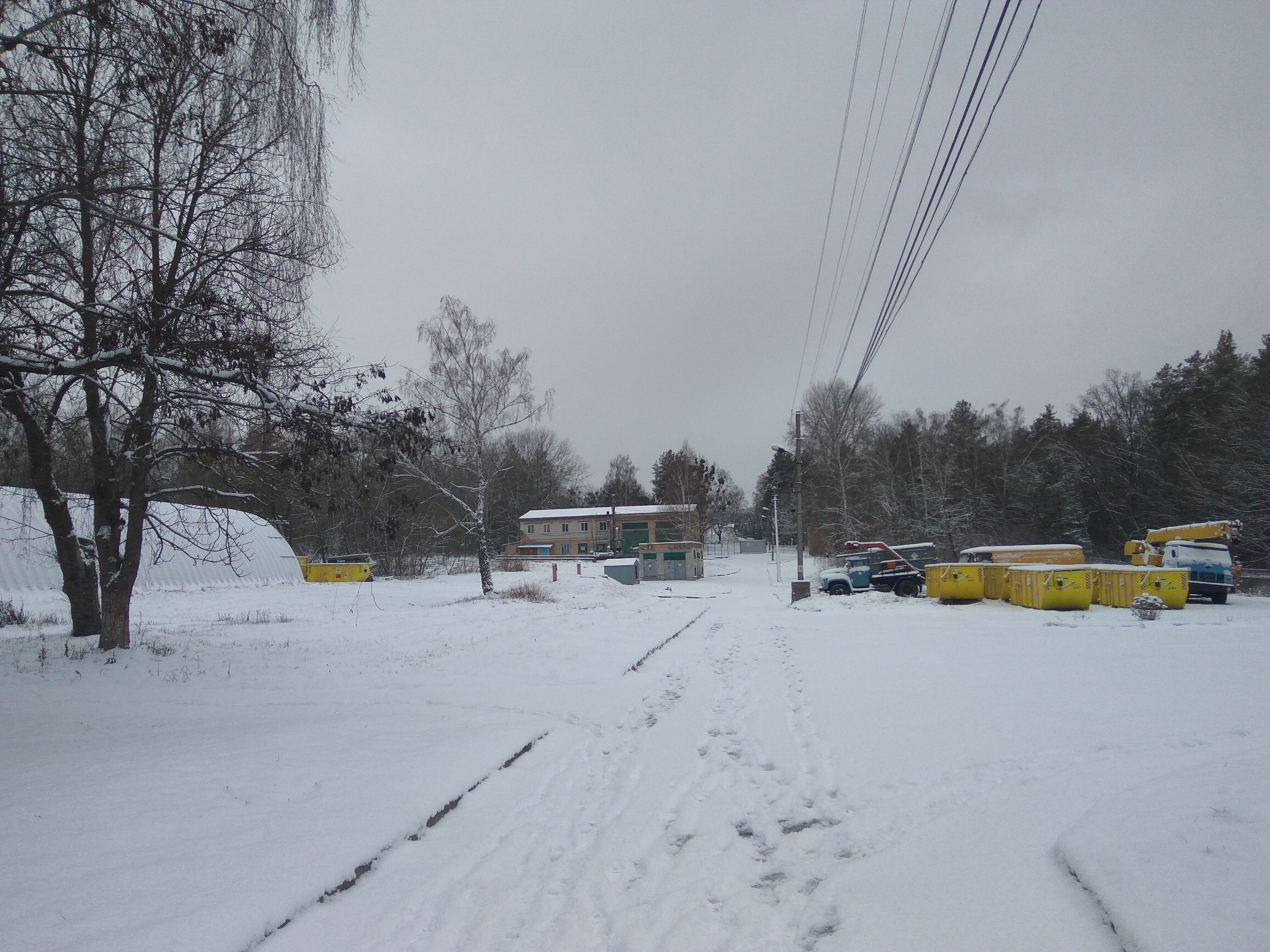
|
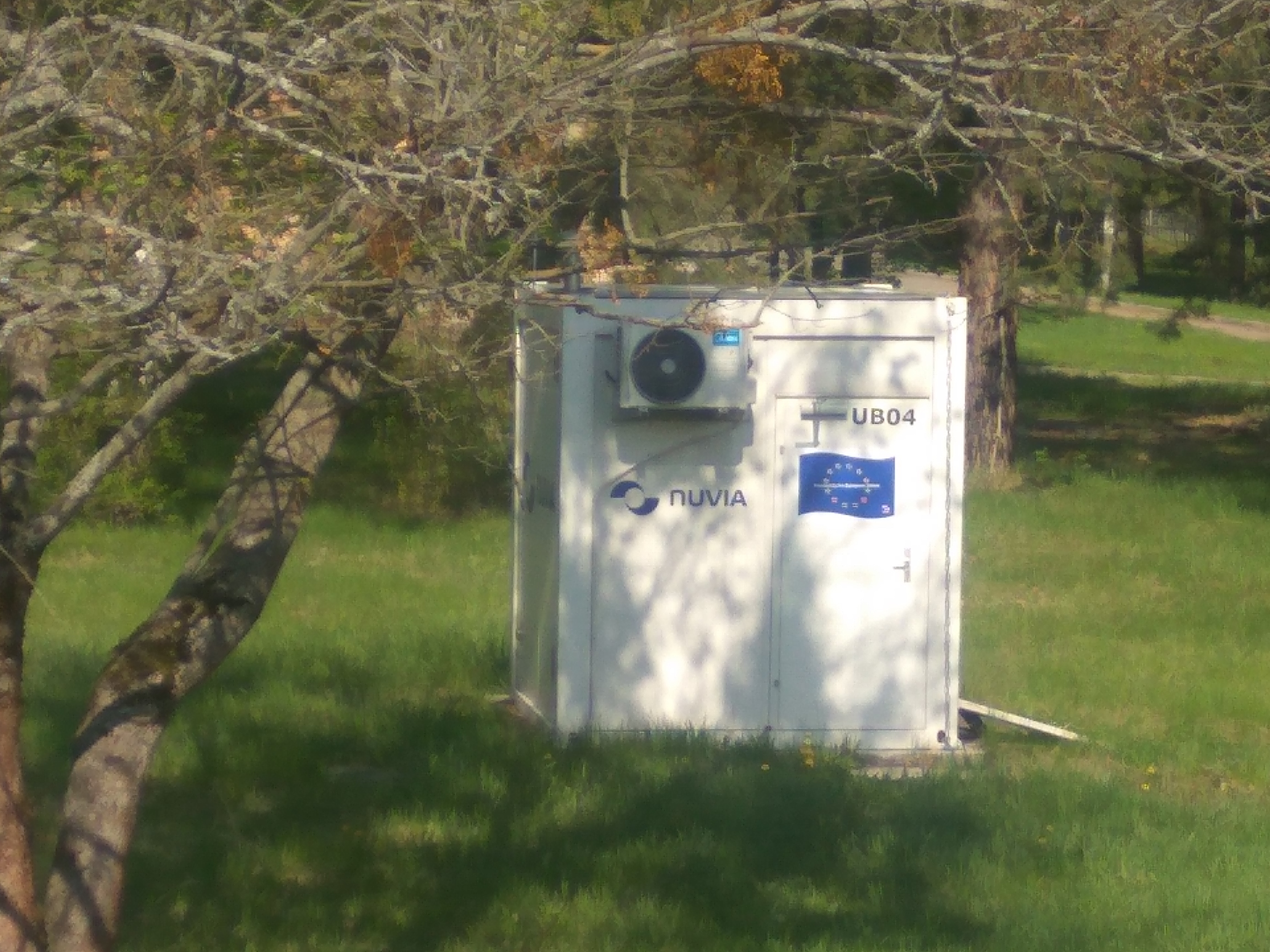
|
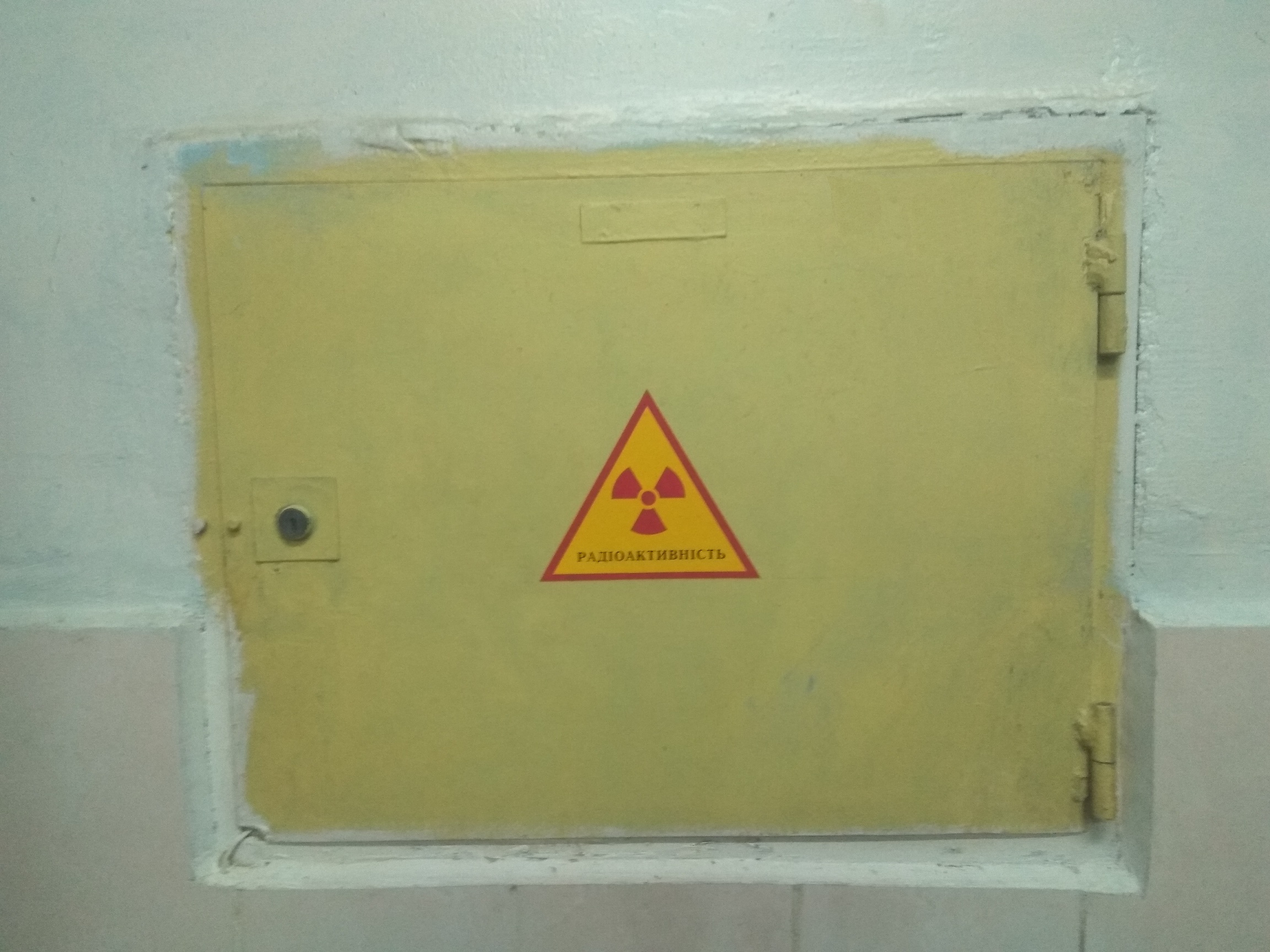
|
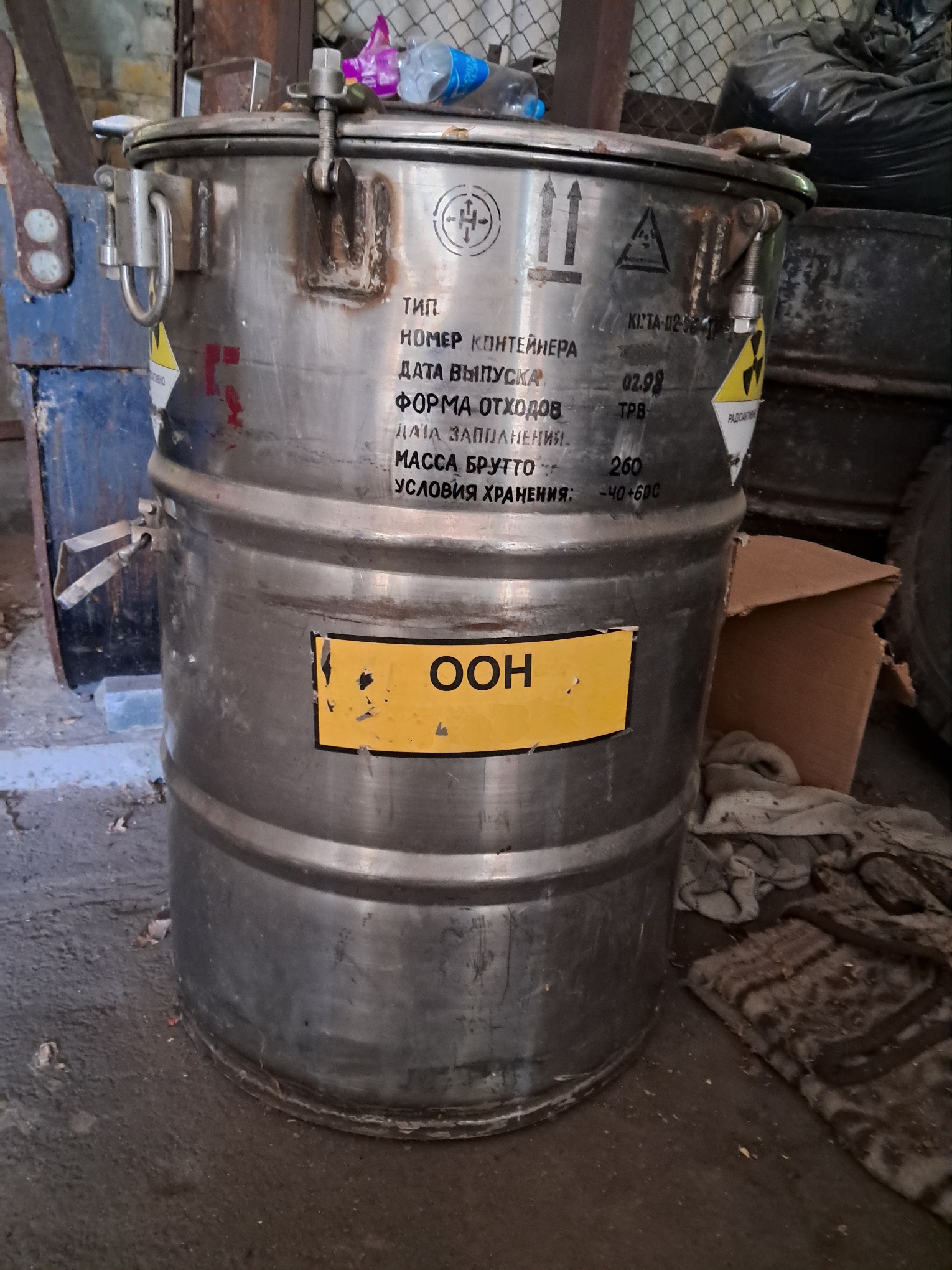
|
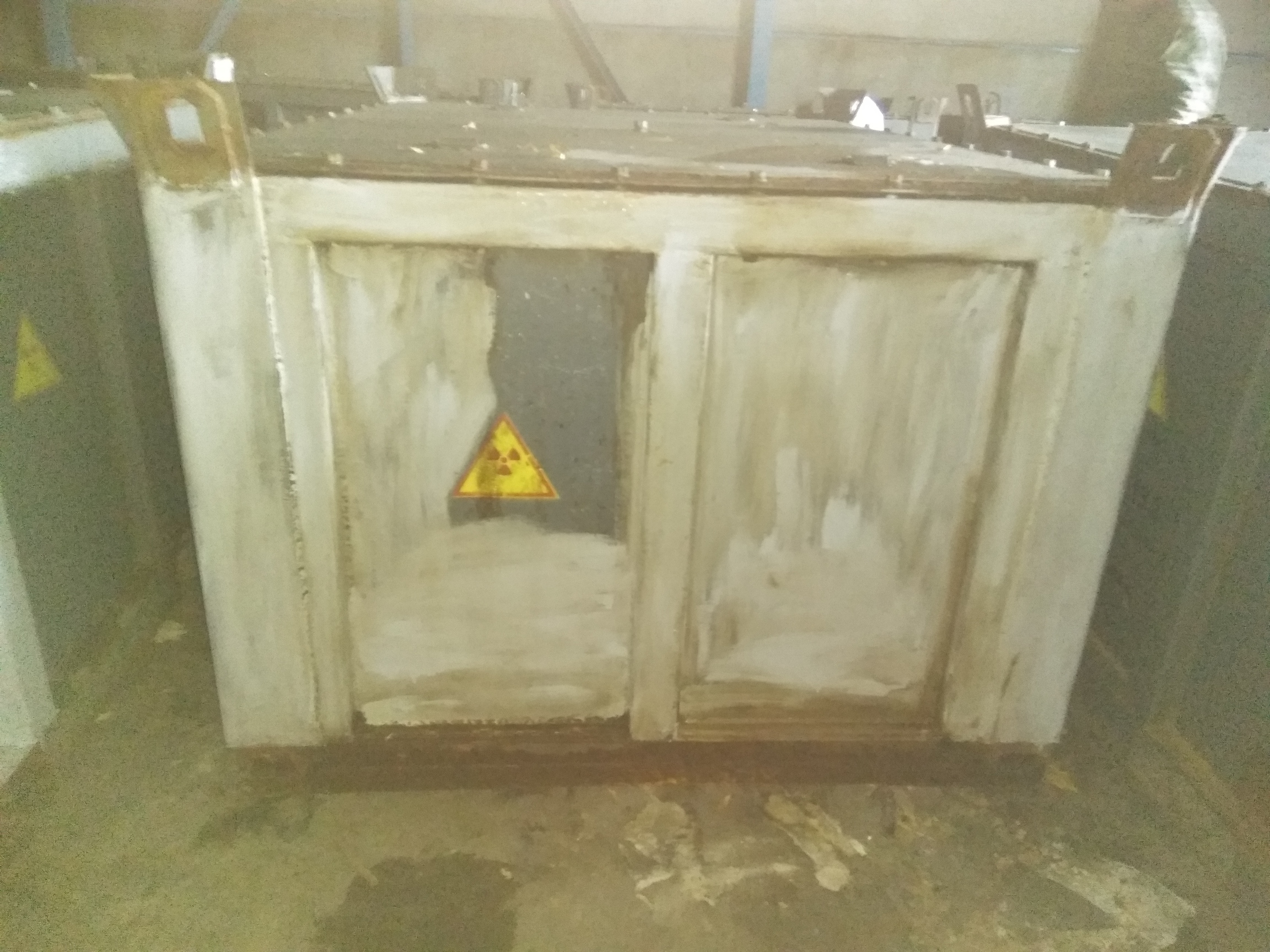
|
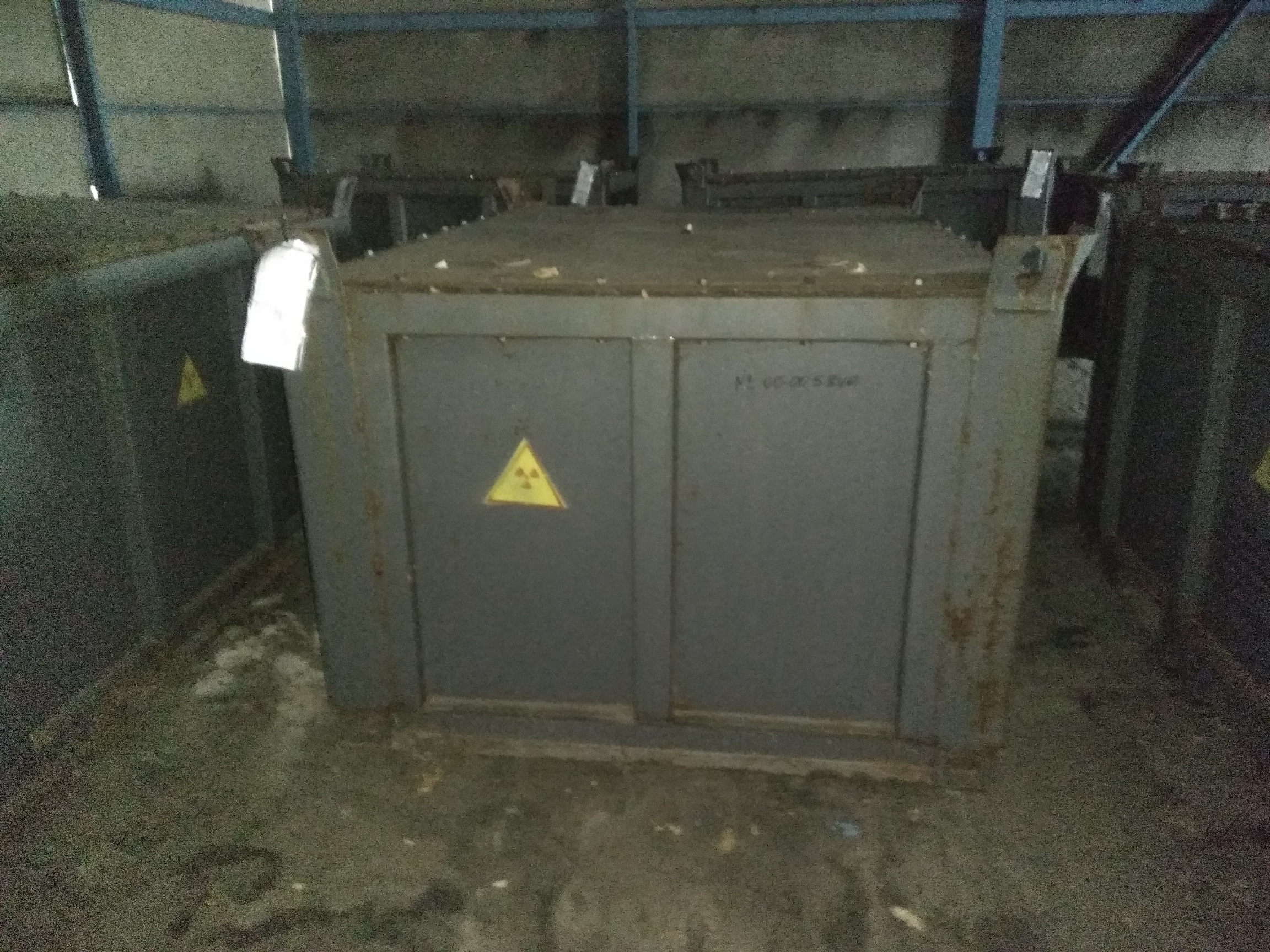
|
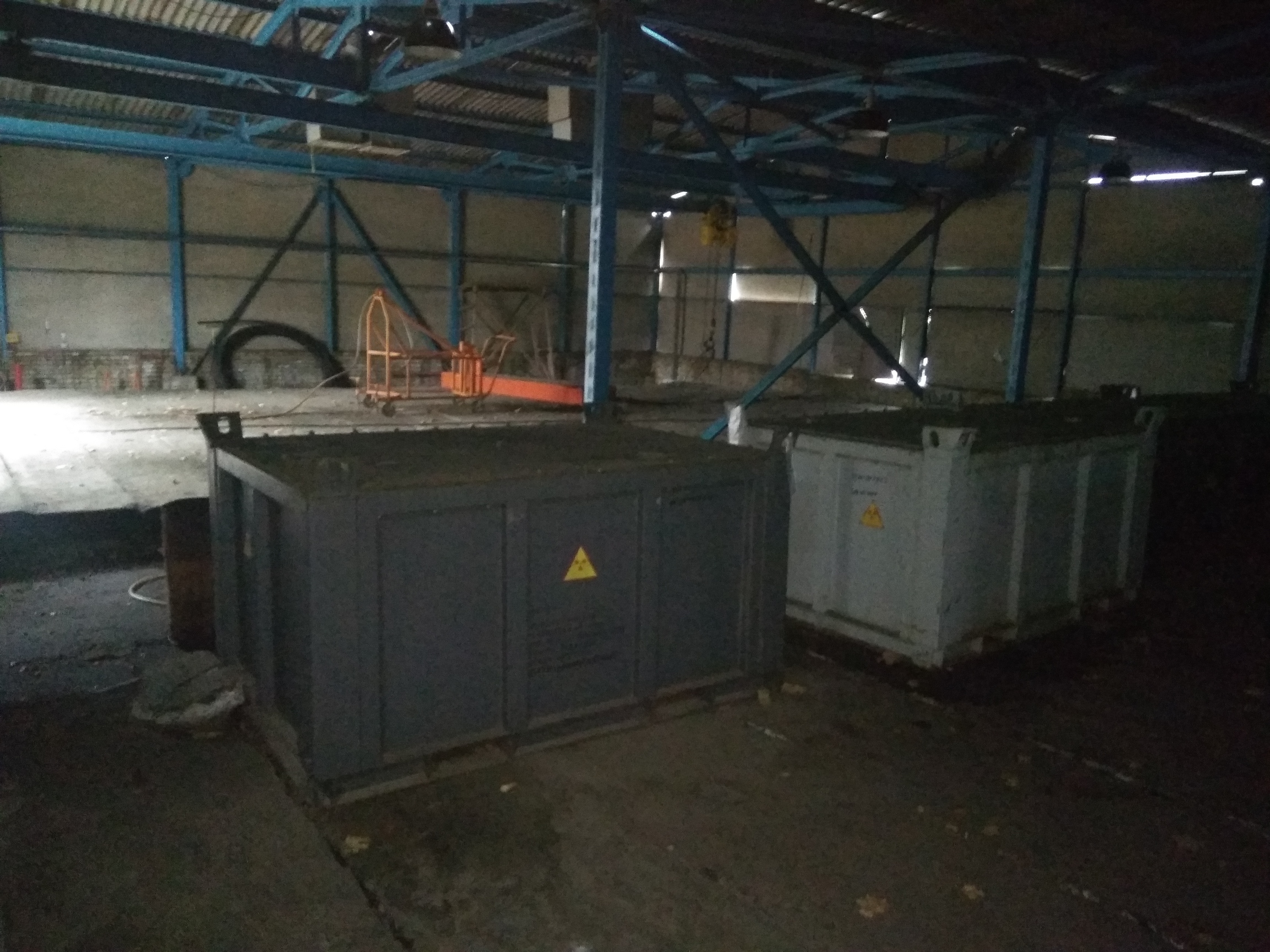
|
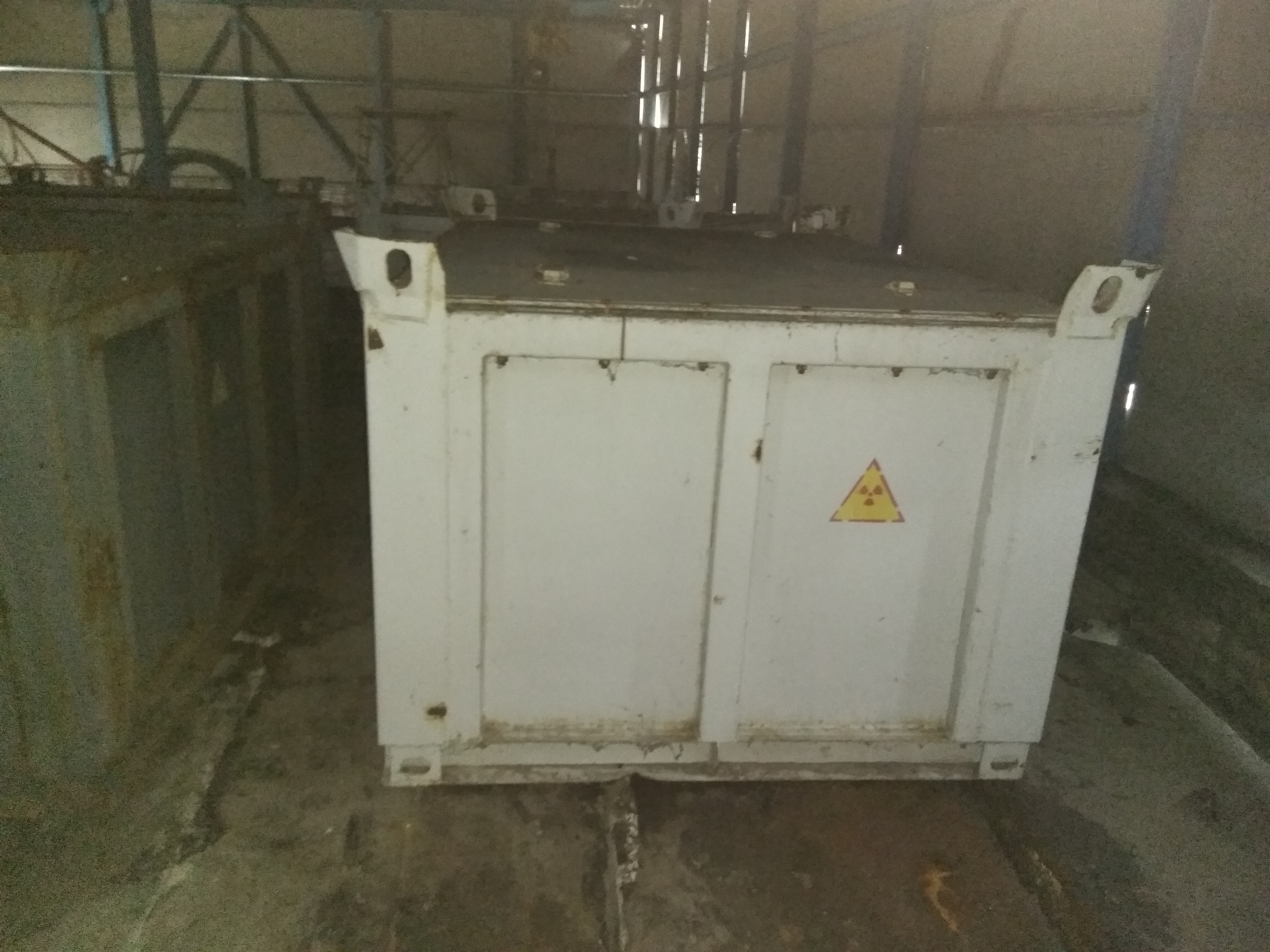
|
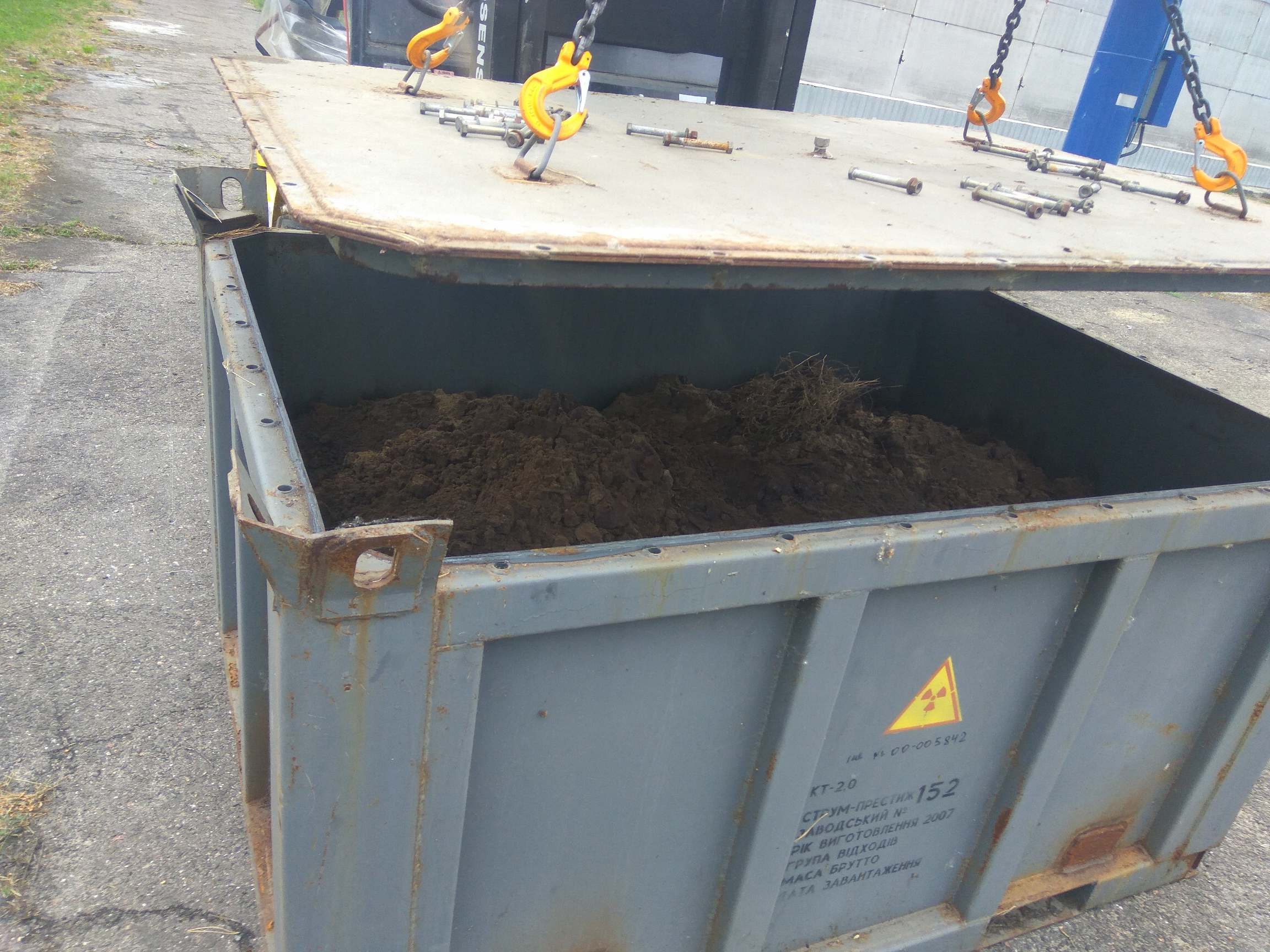
|
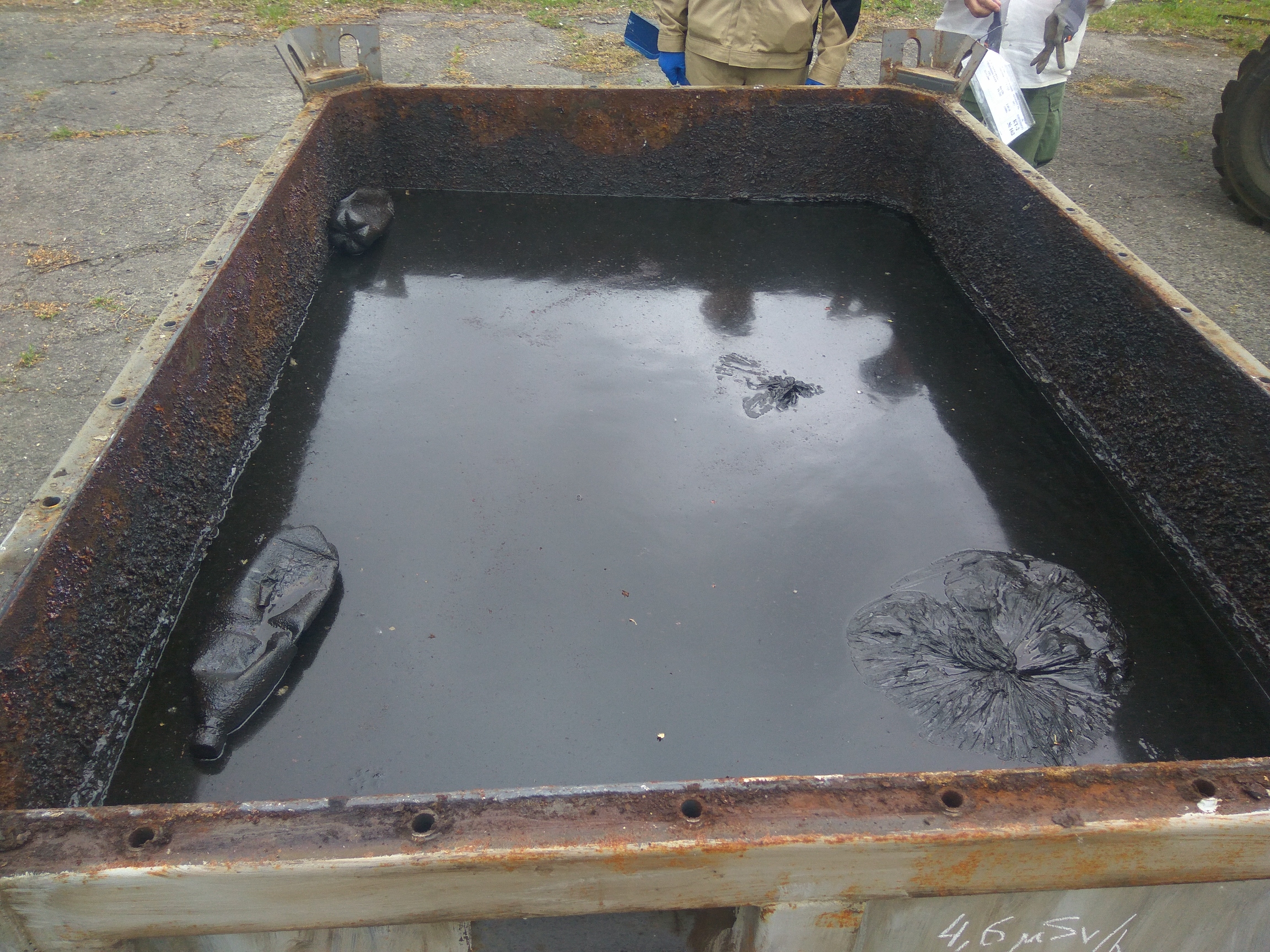
|
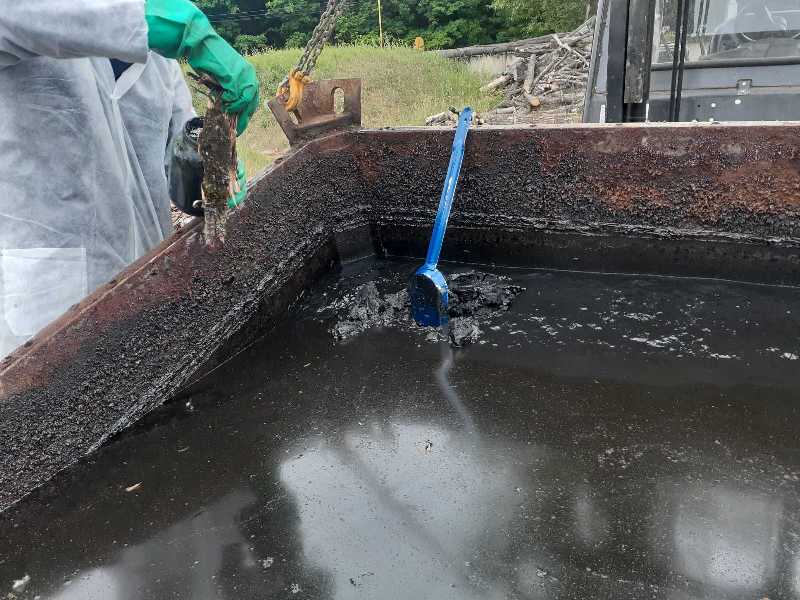
|
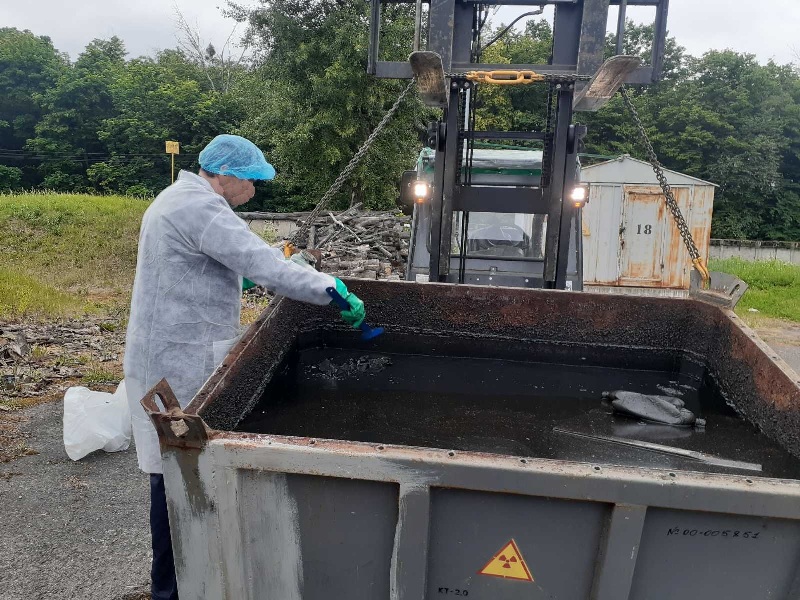
|
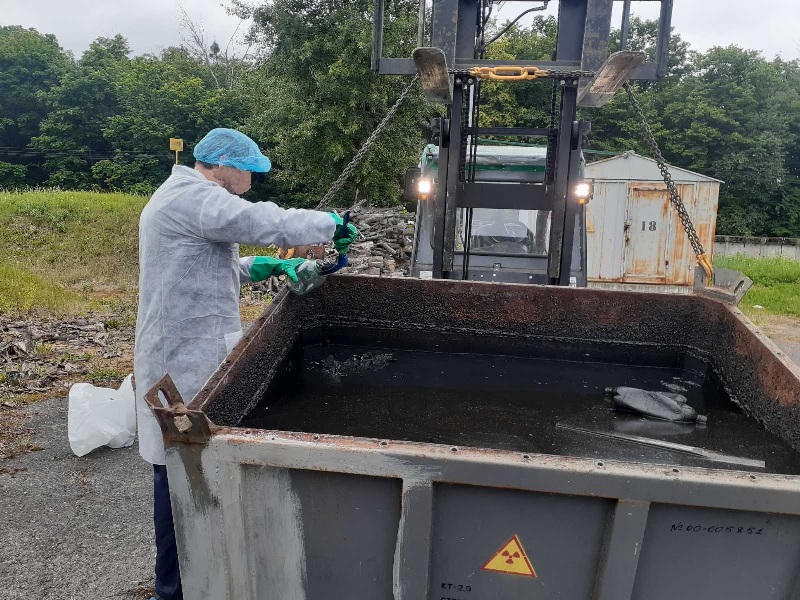
|
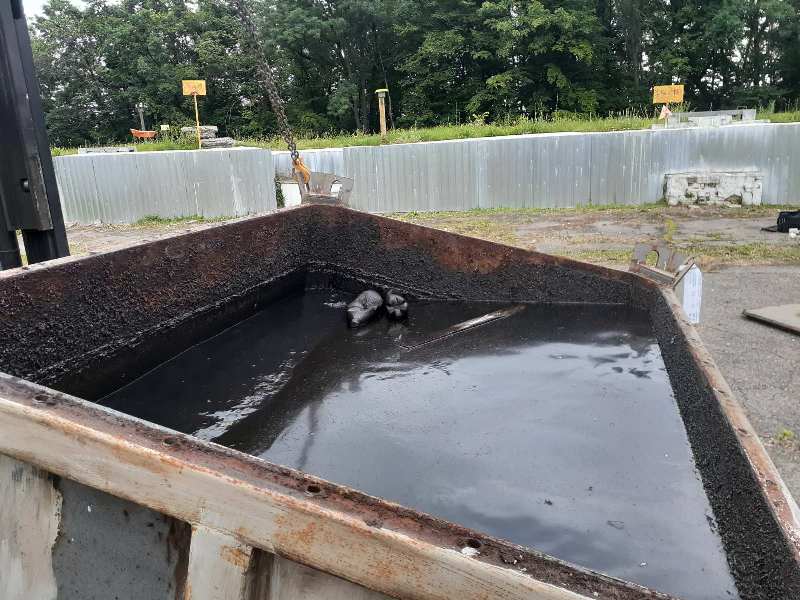
|
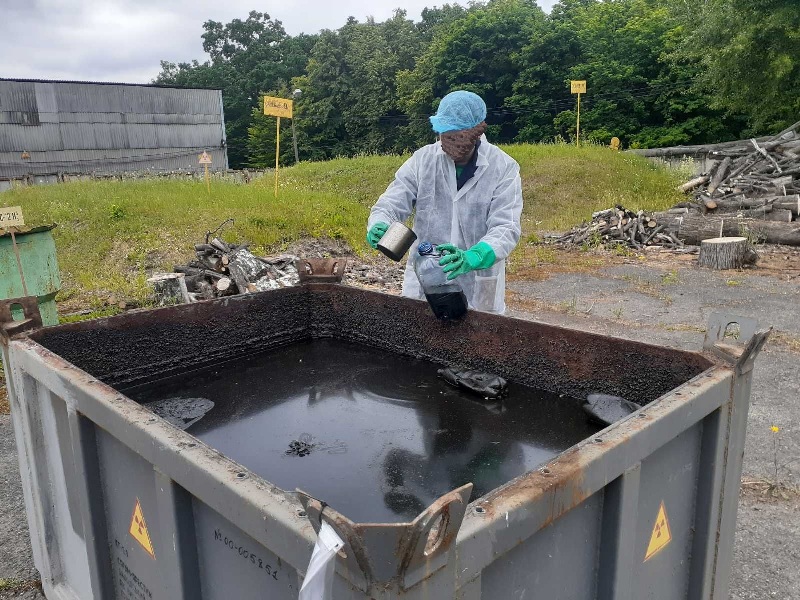
|
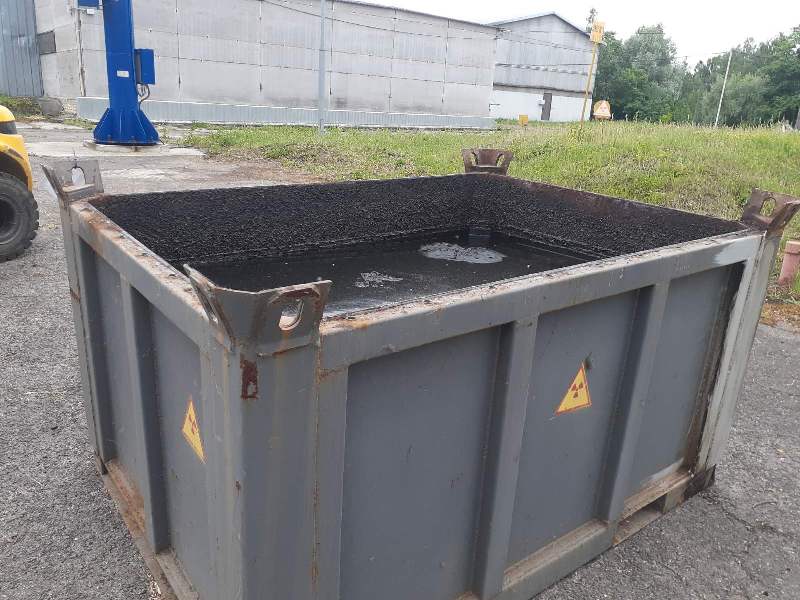
|
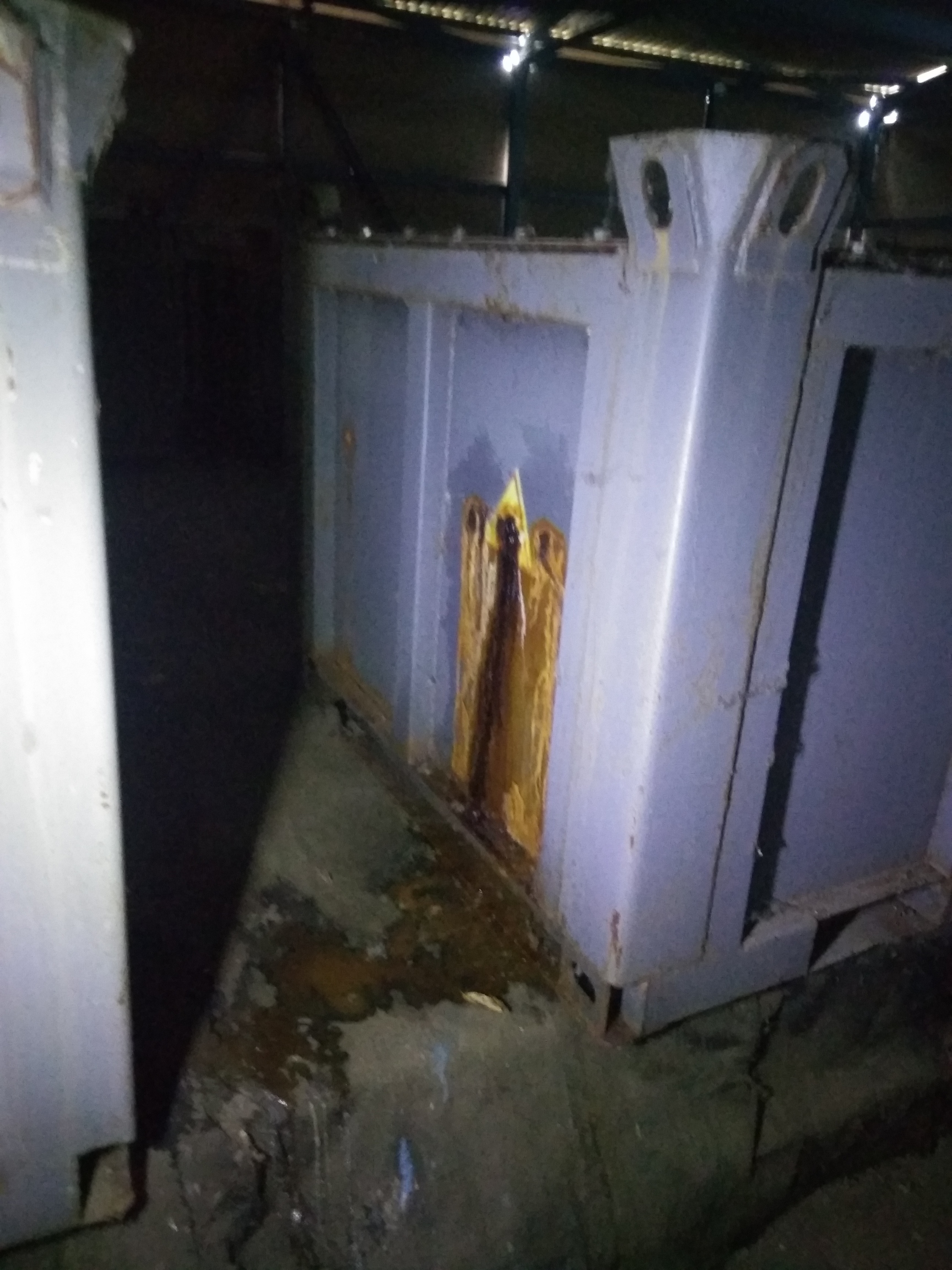
|
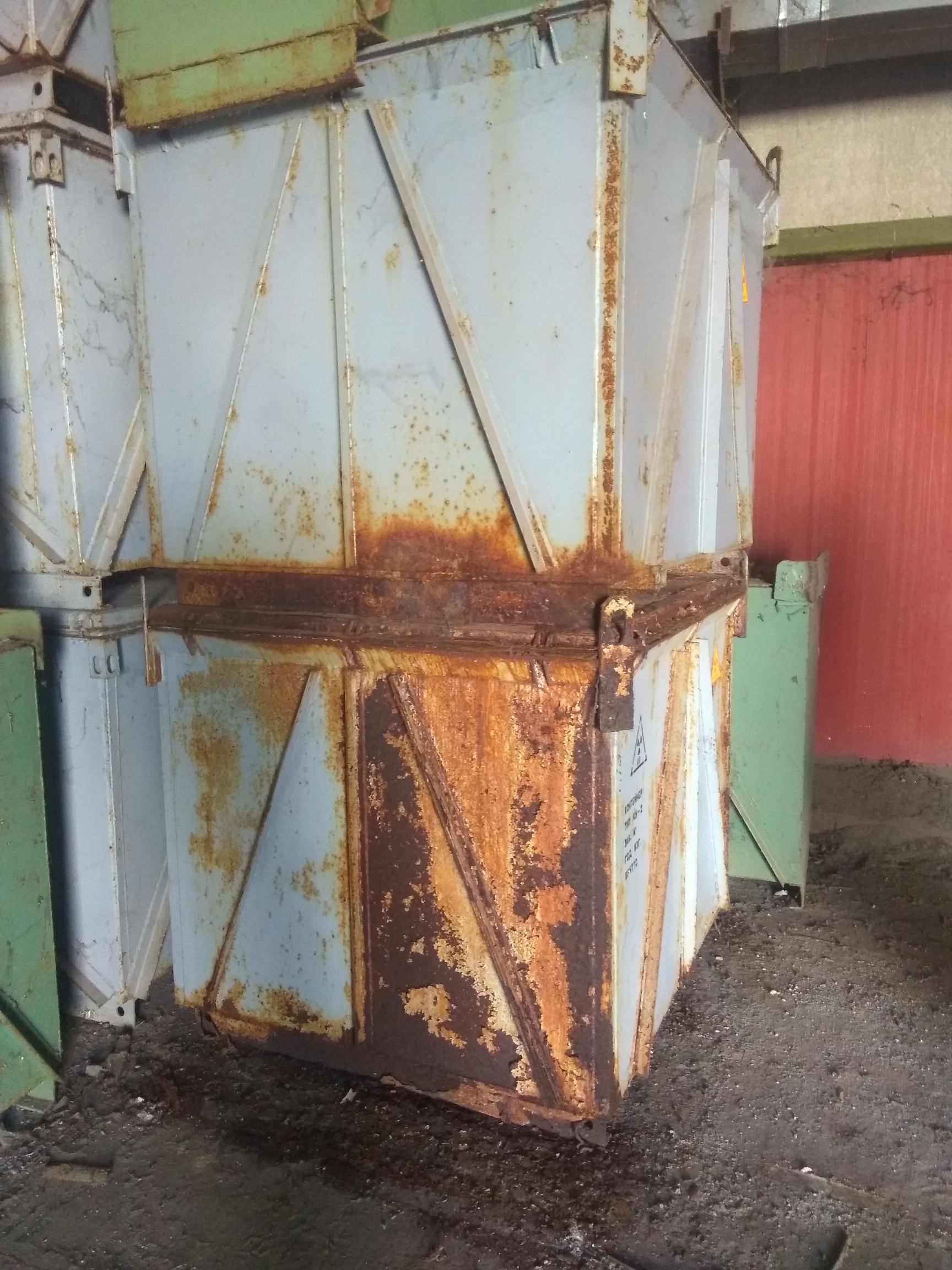
|
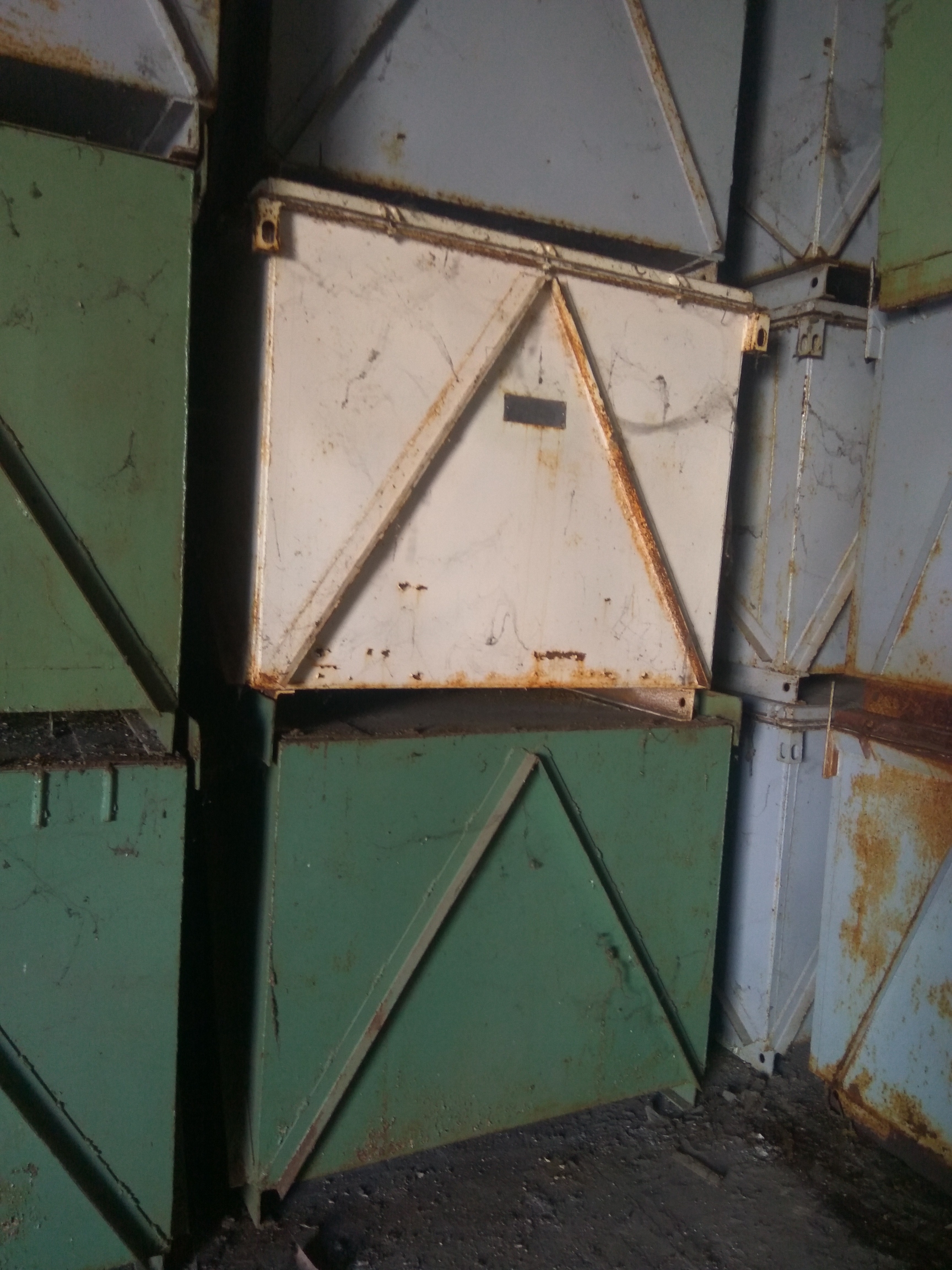
|
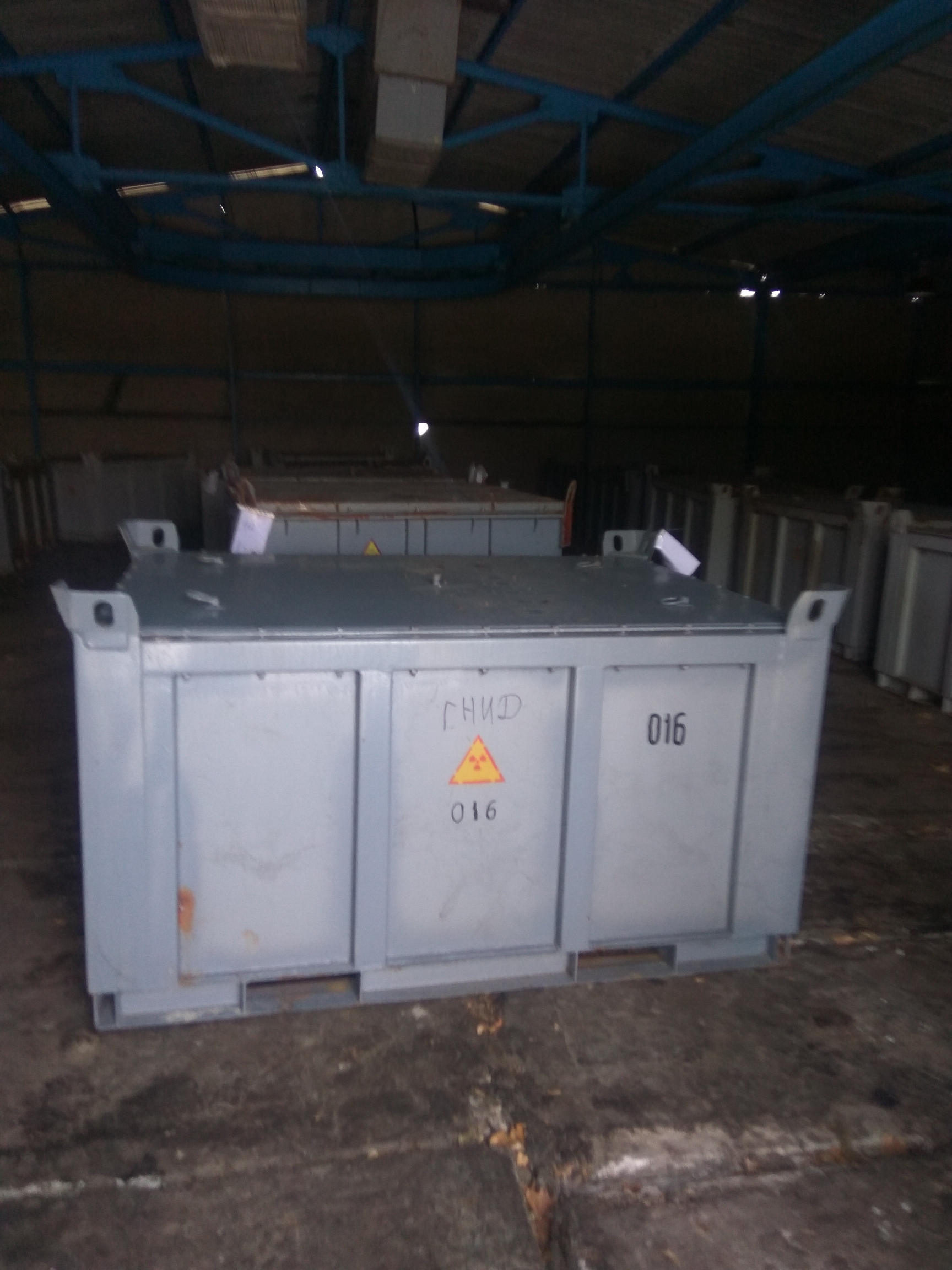
|
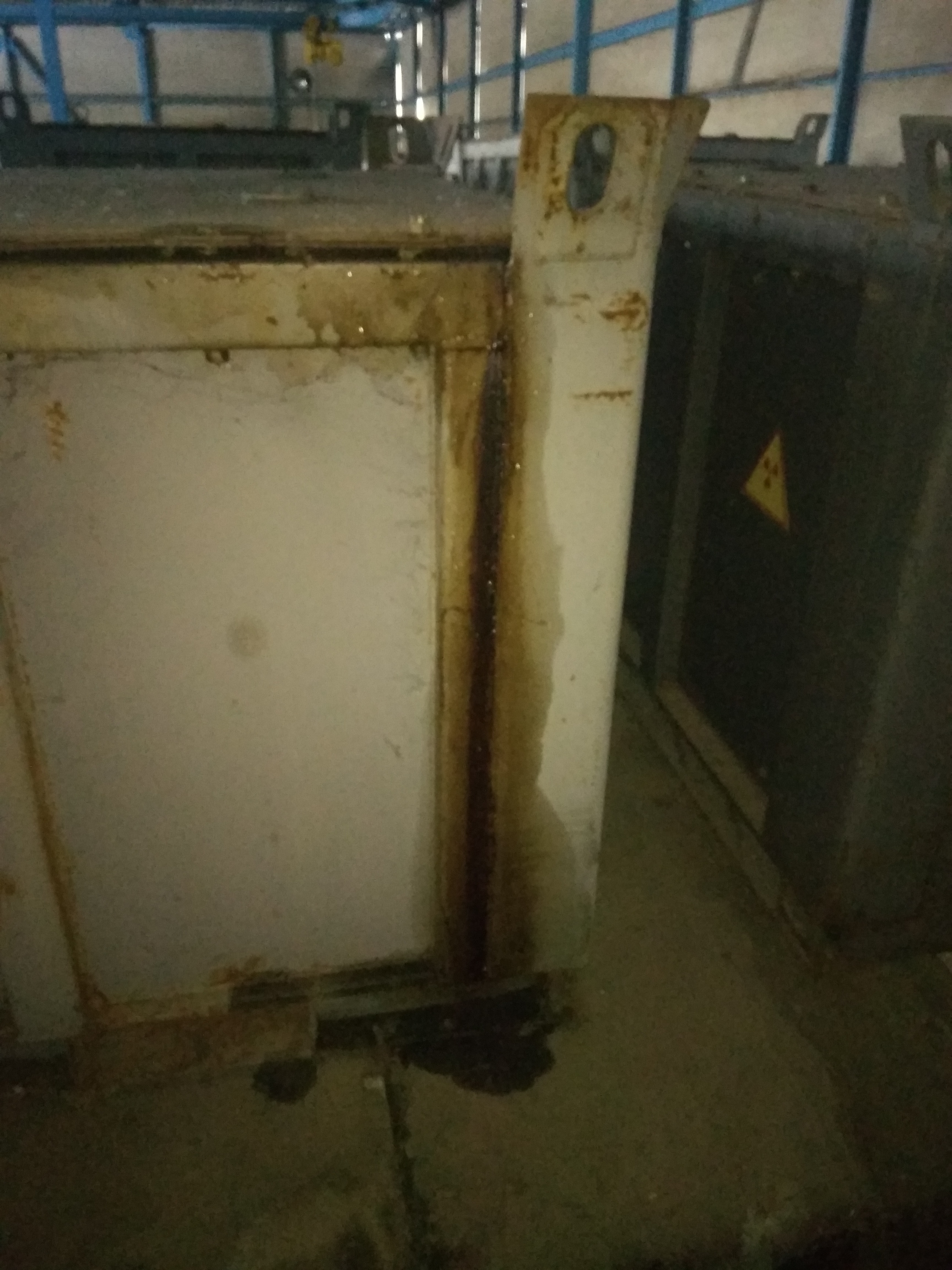
|
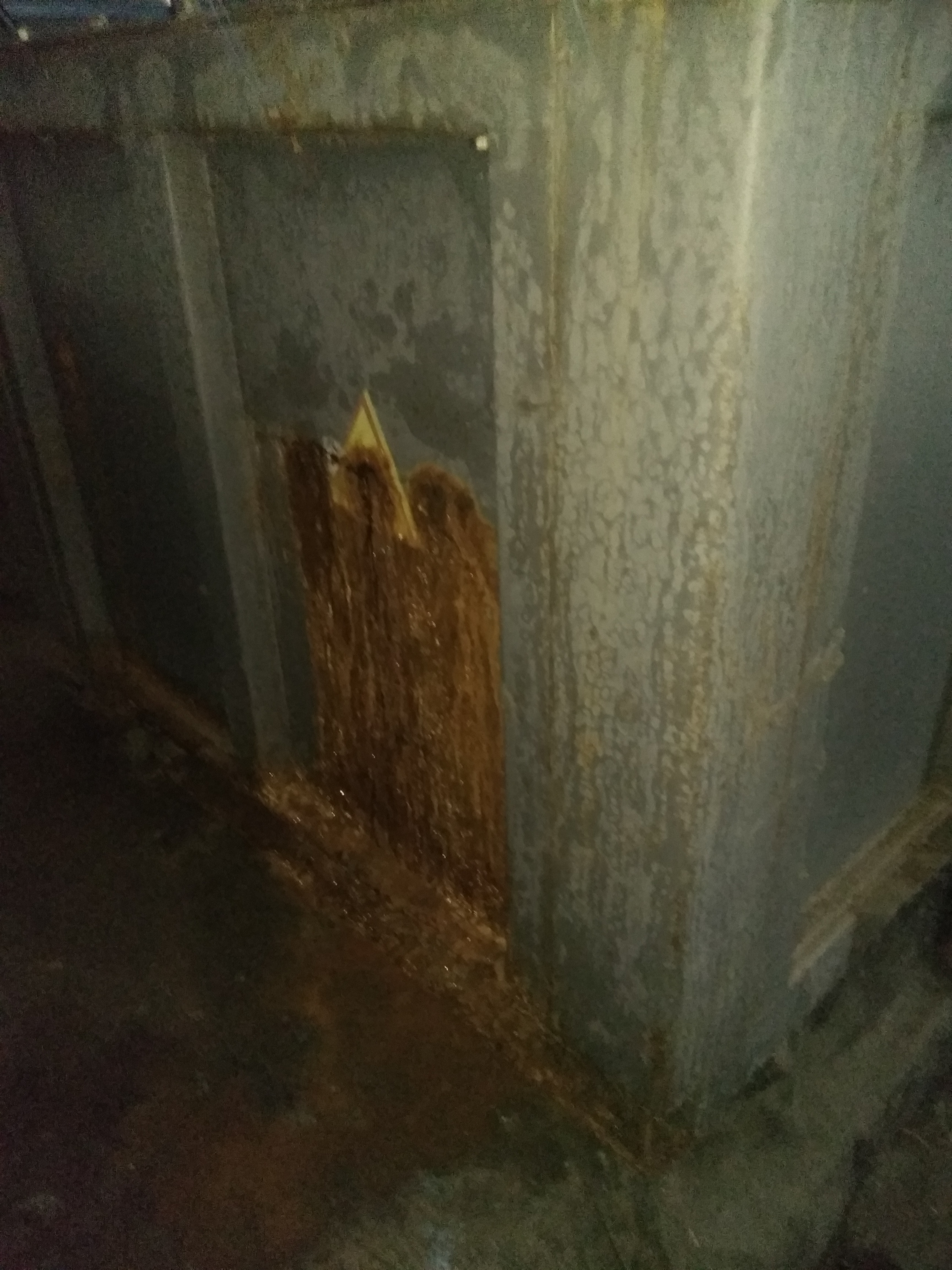
|
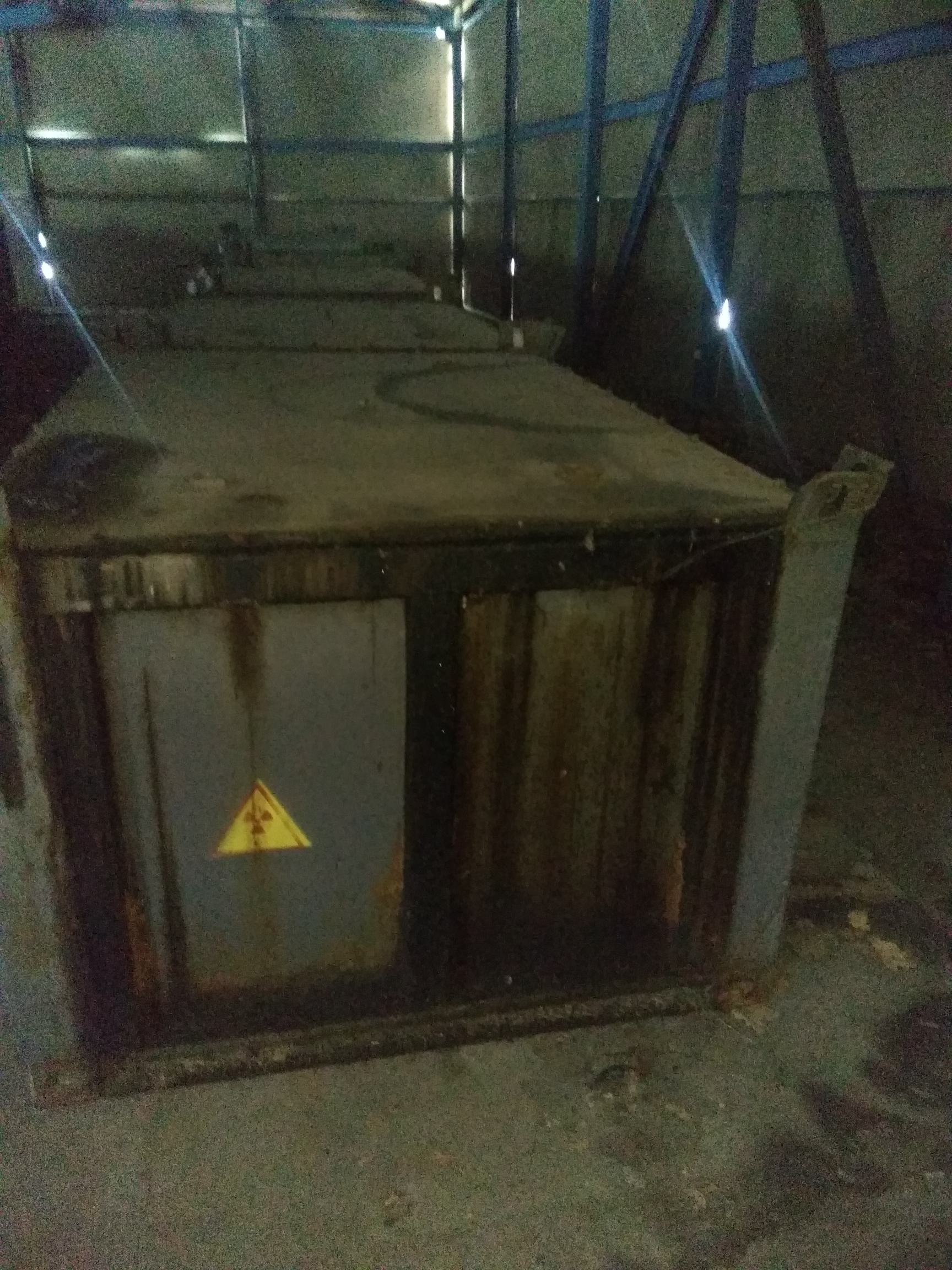
|
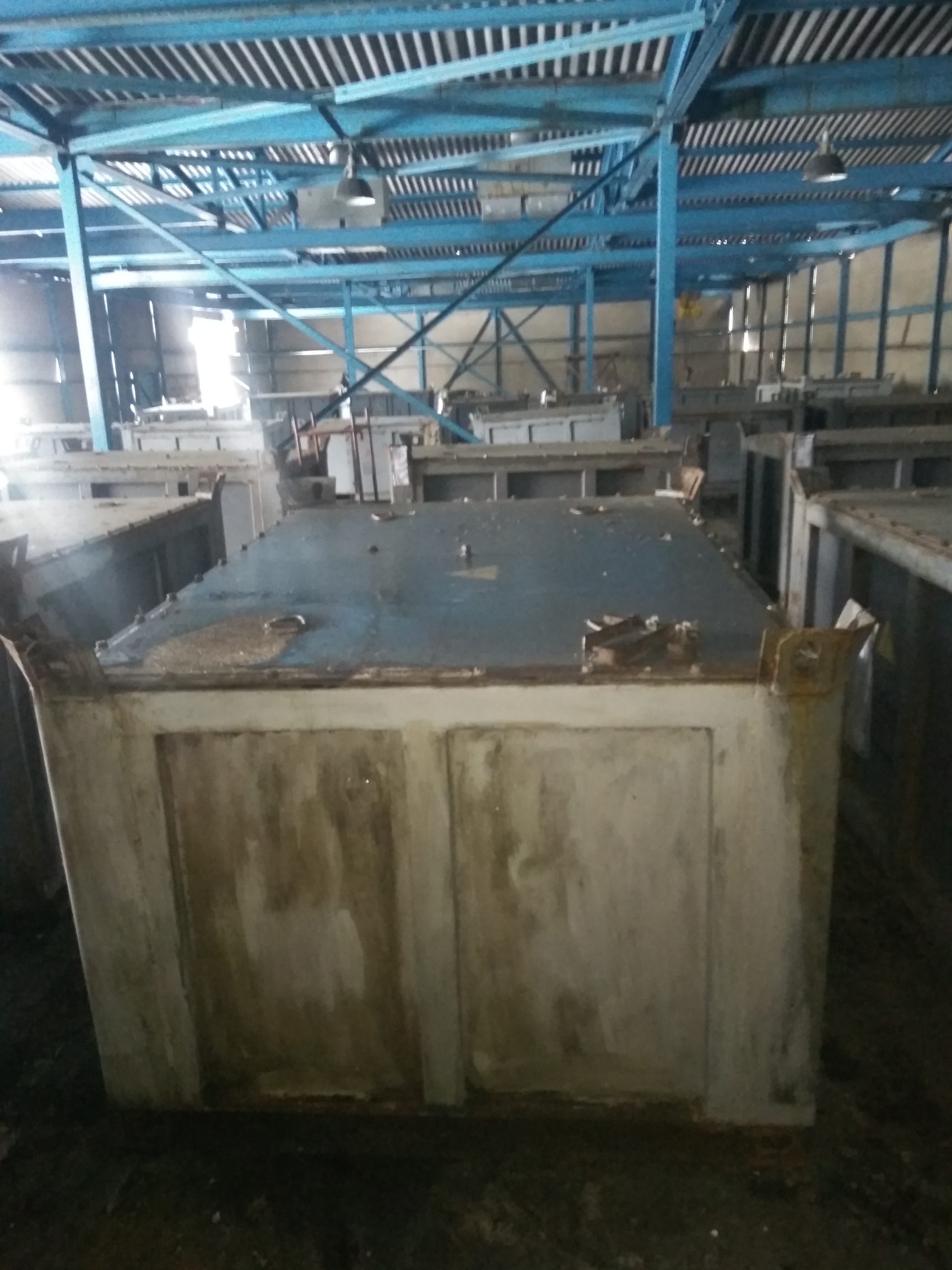
|
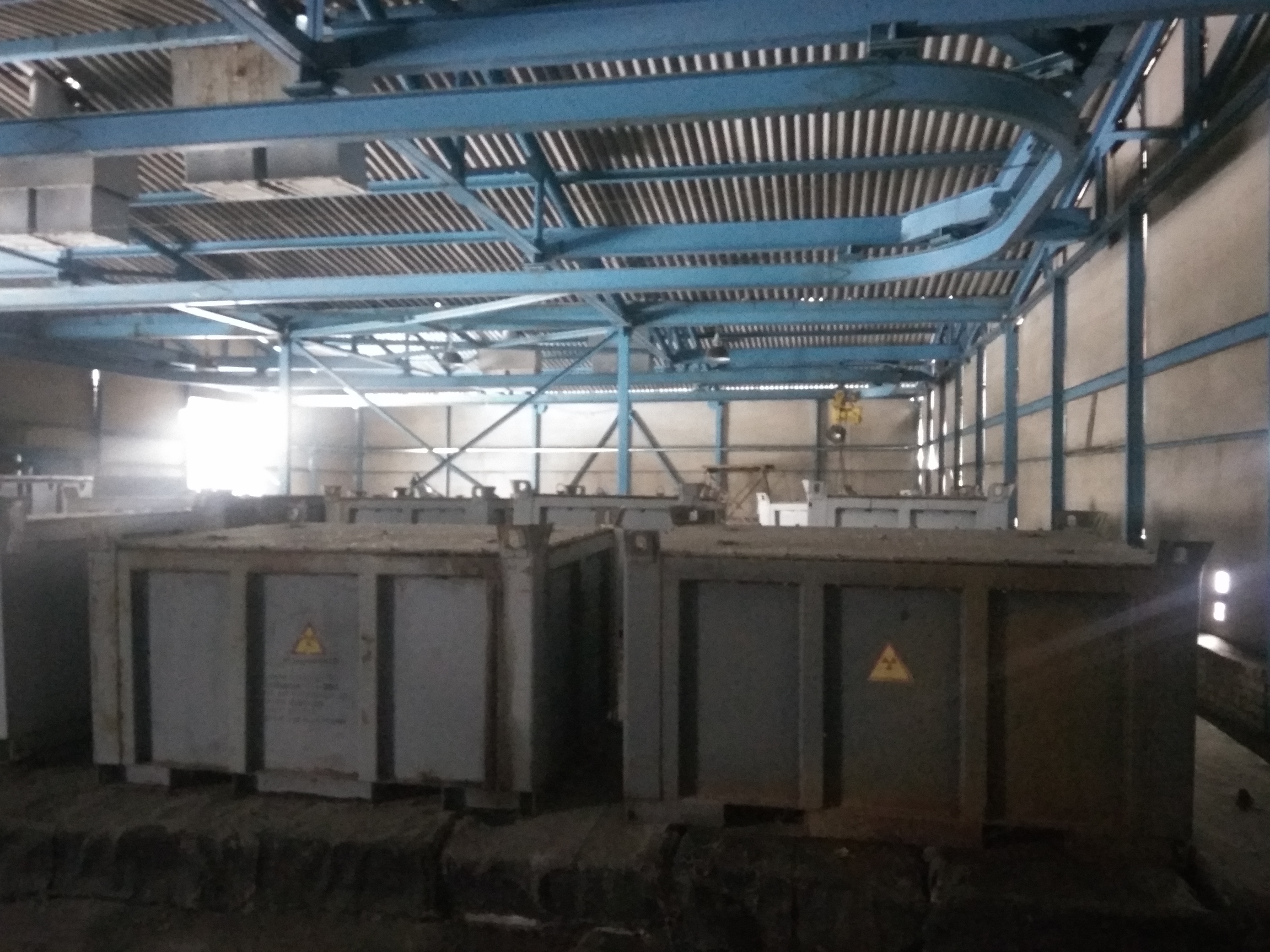
|
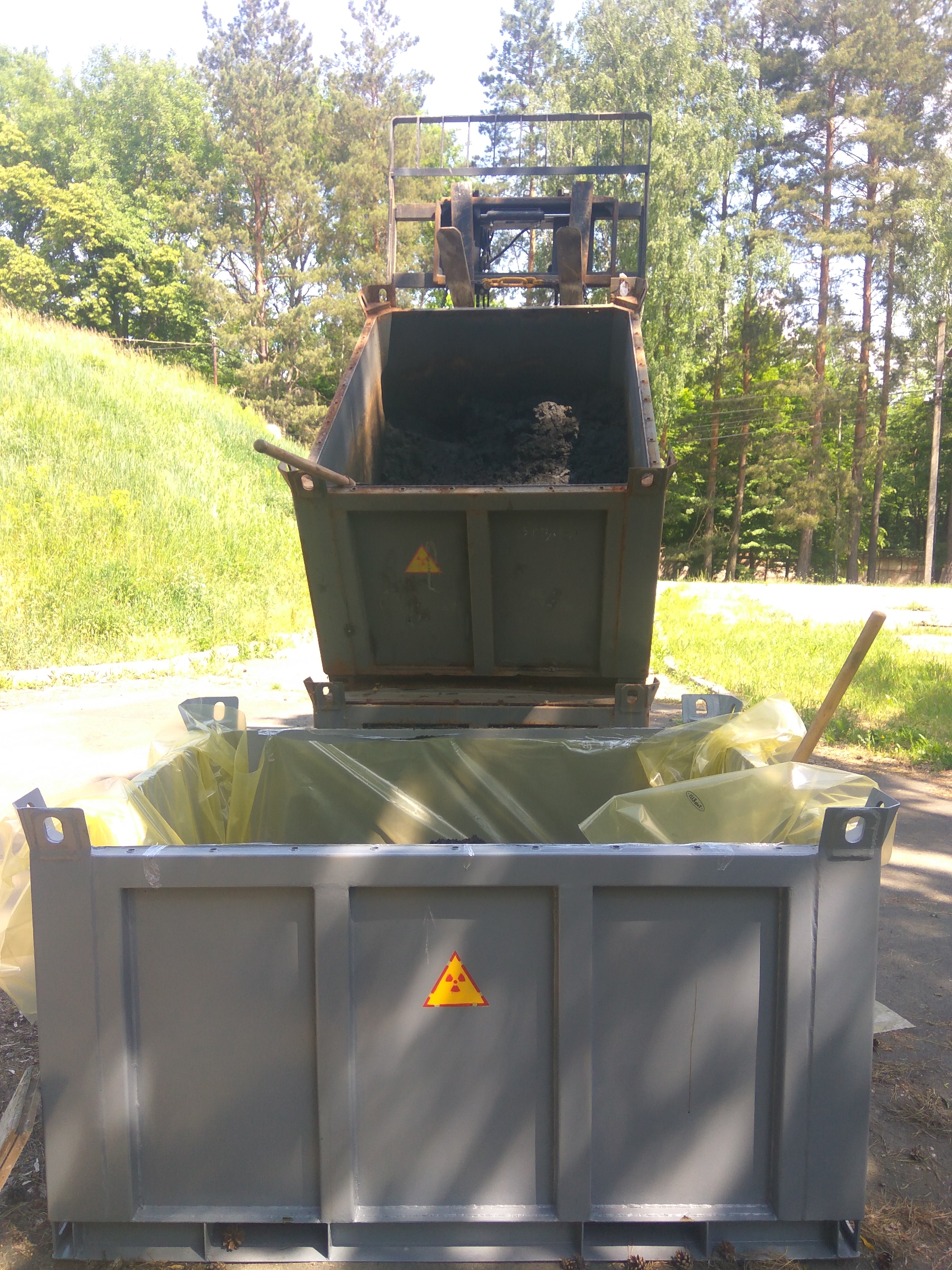
|
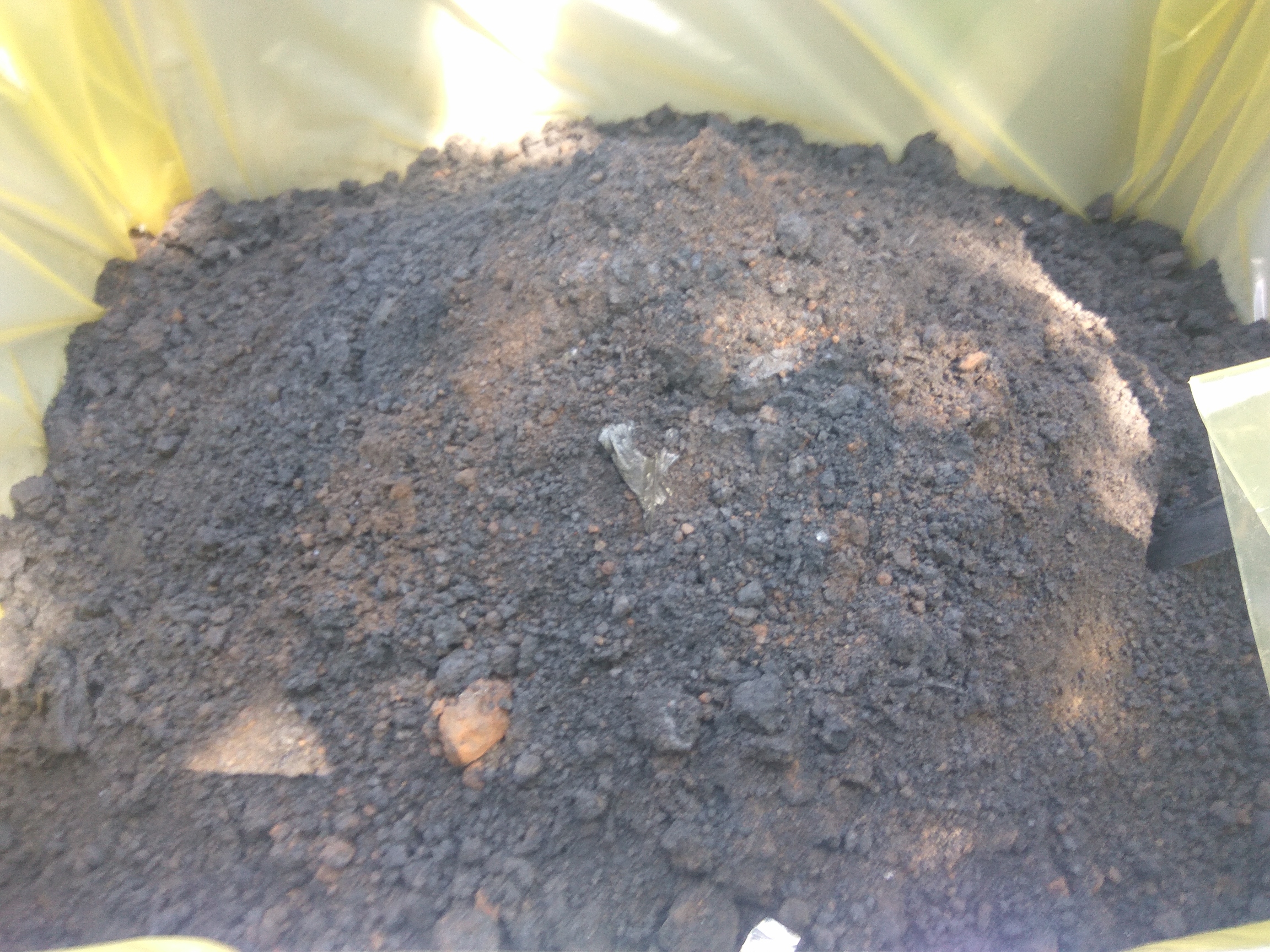
|
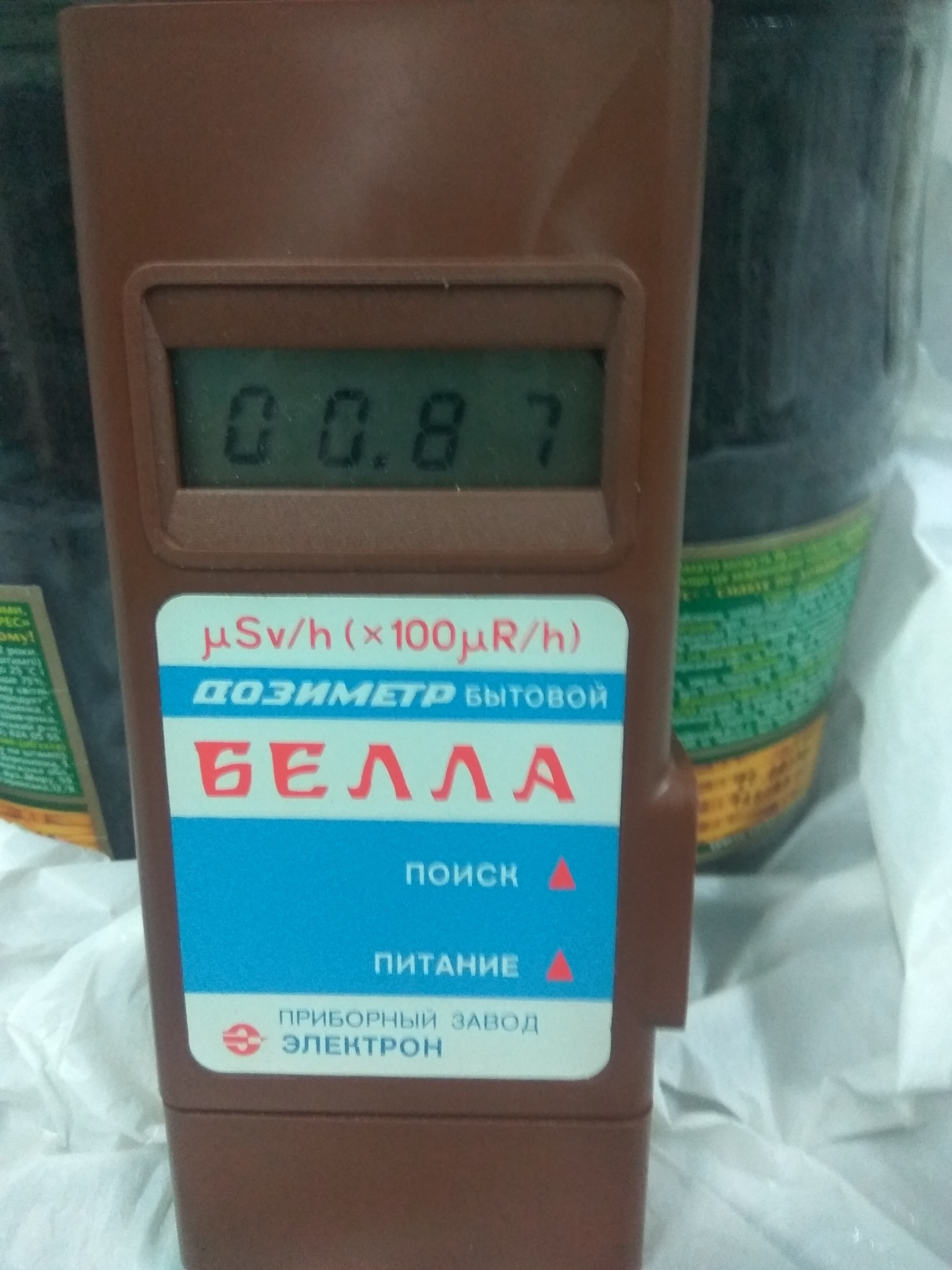
|
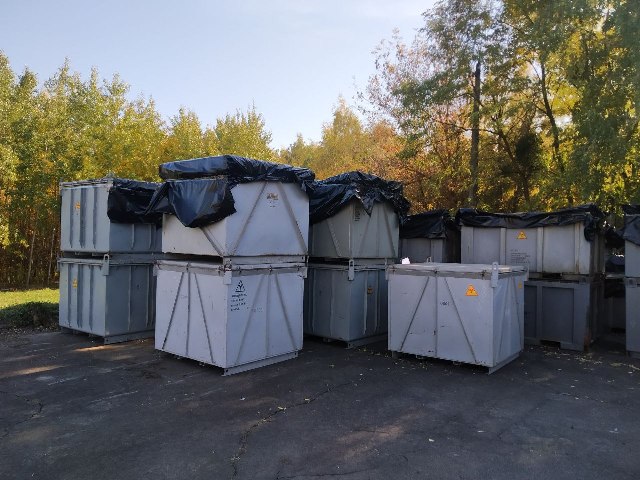
|
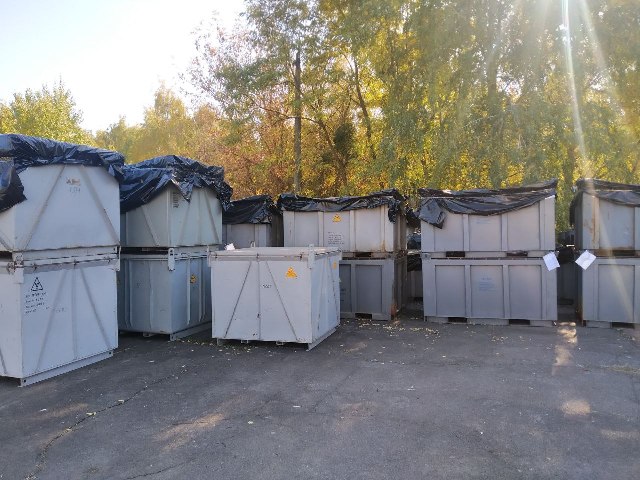
|
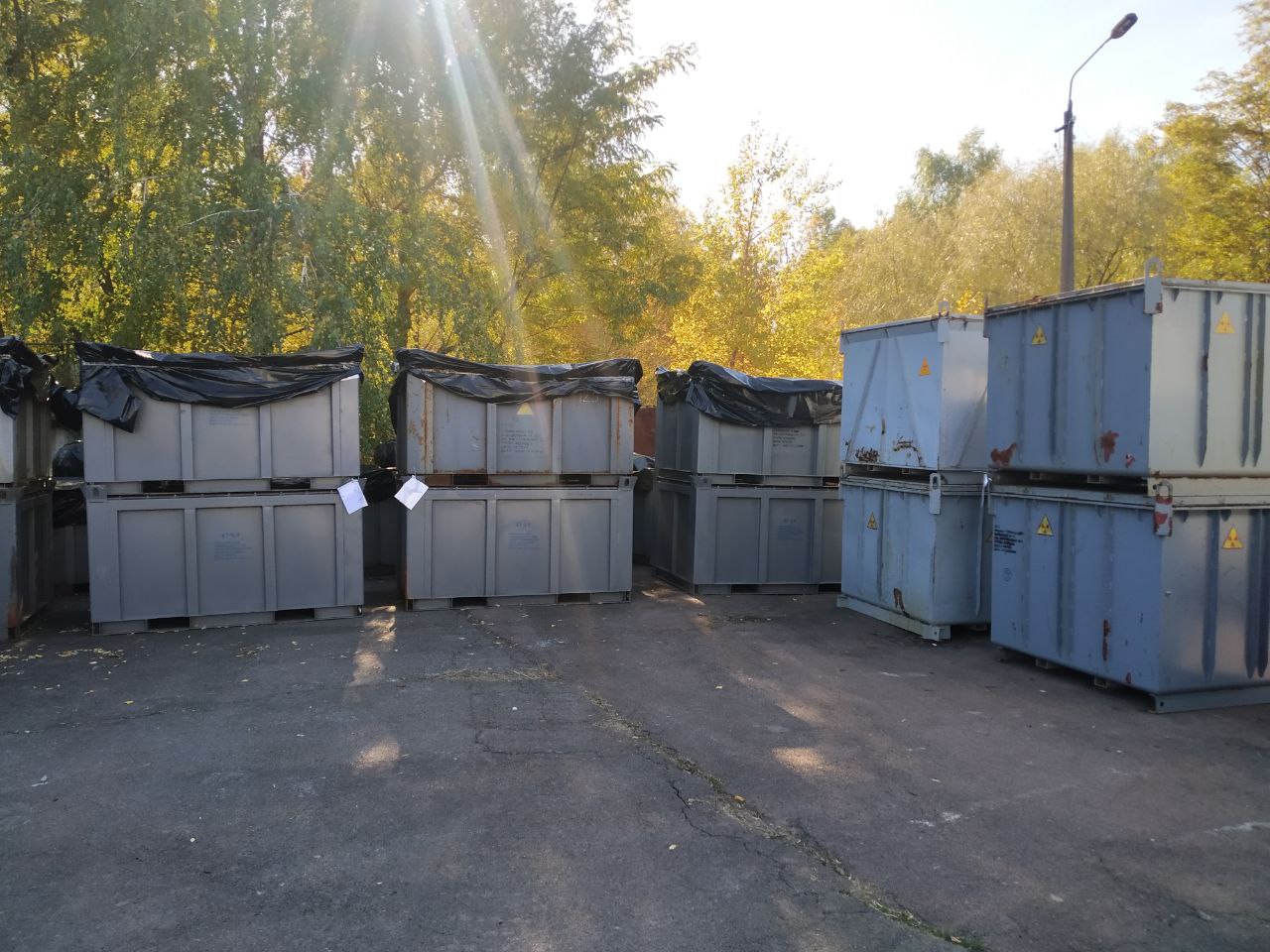
|
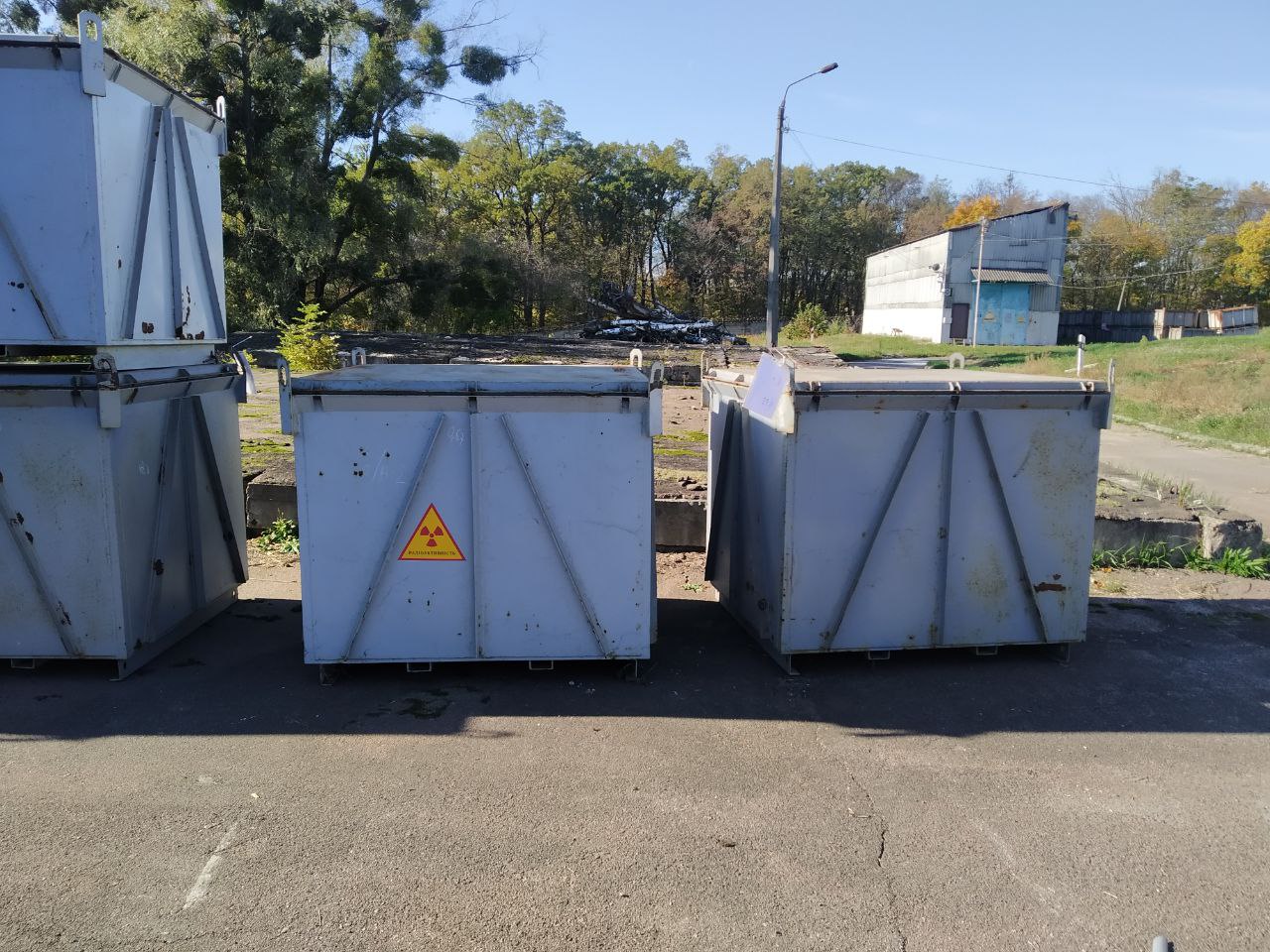
|
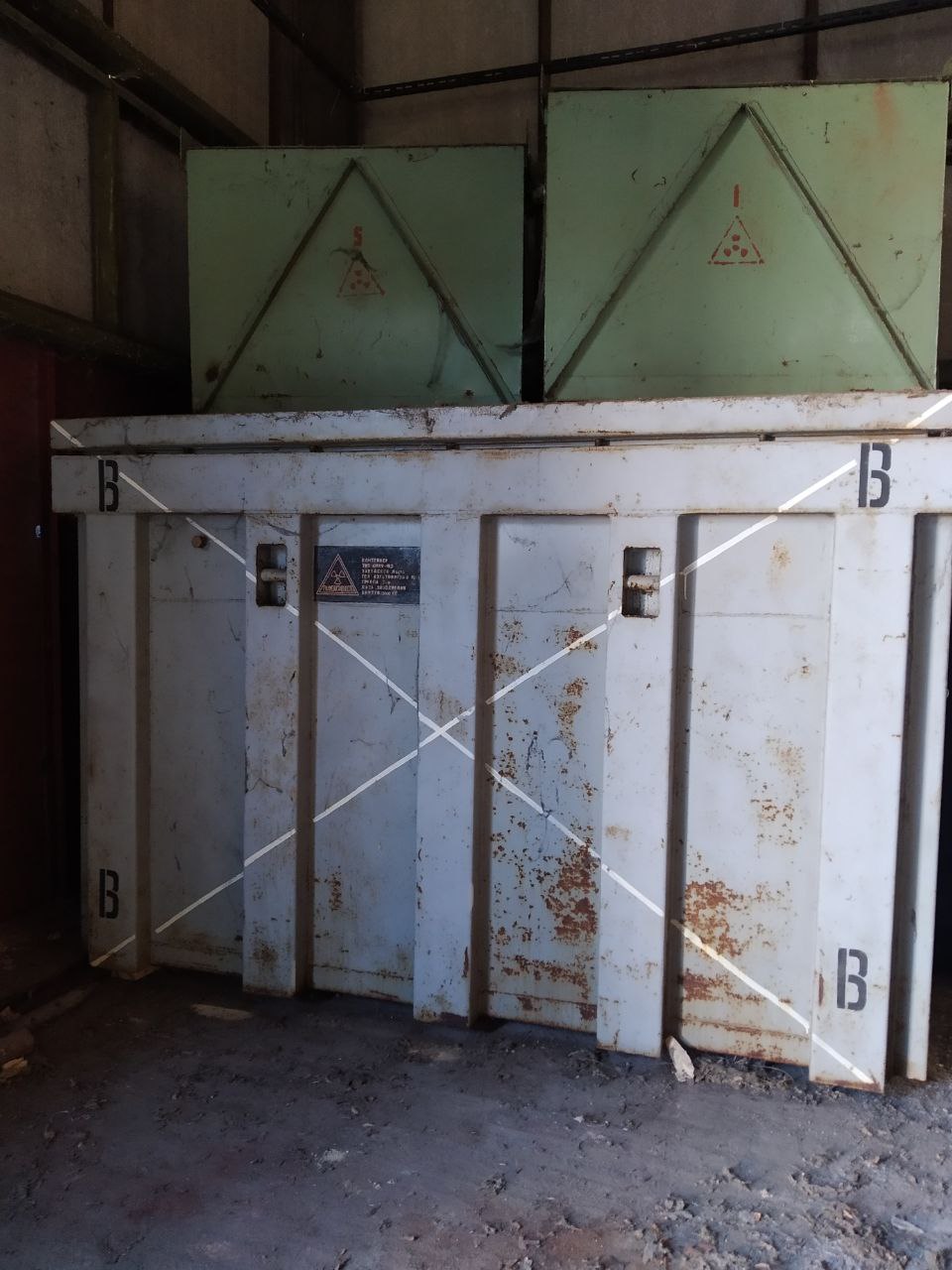
|
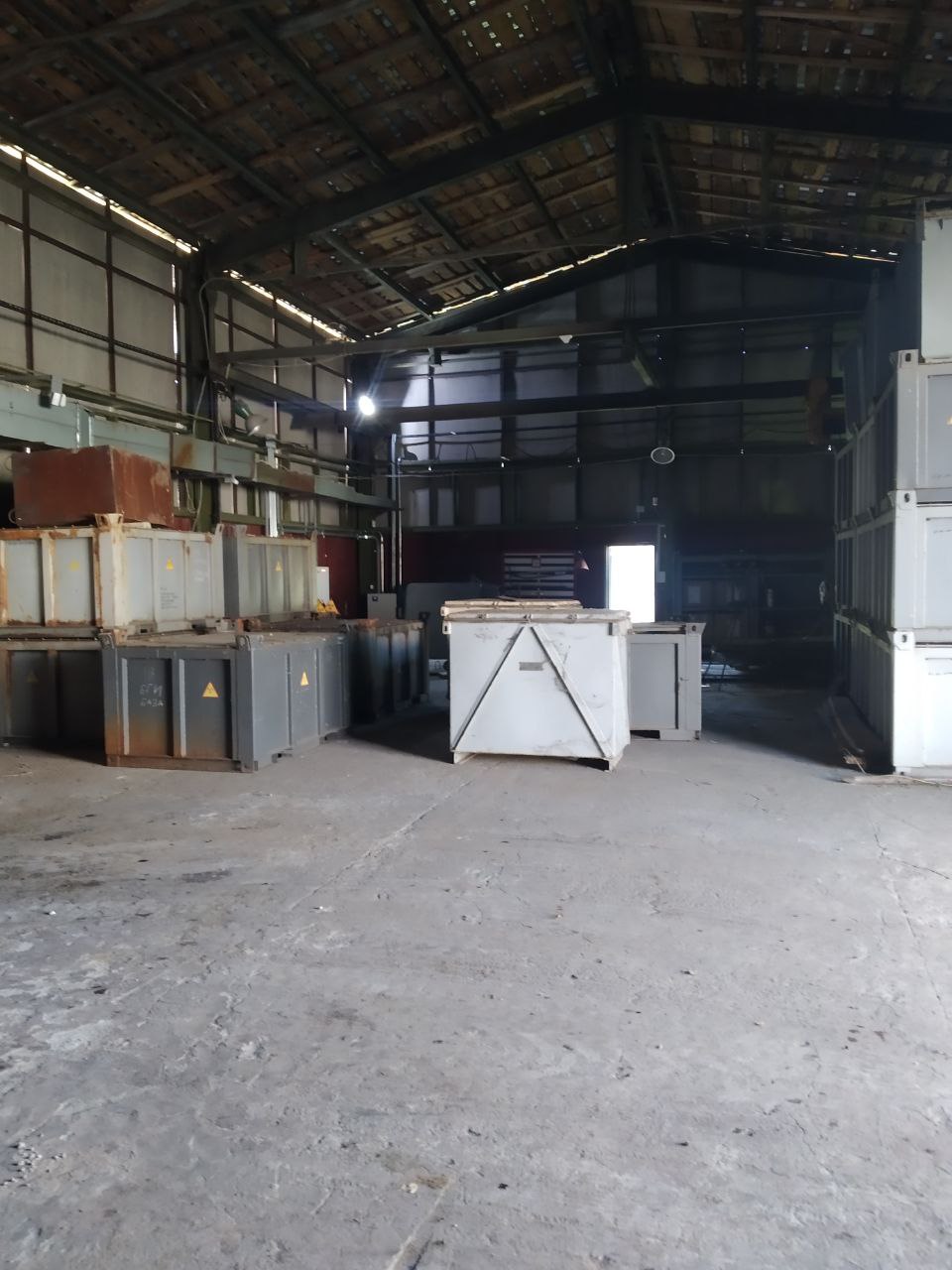
|
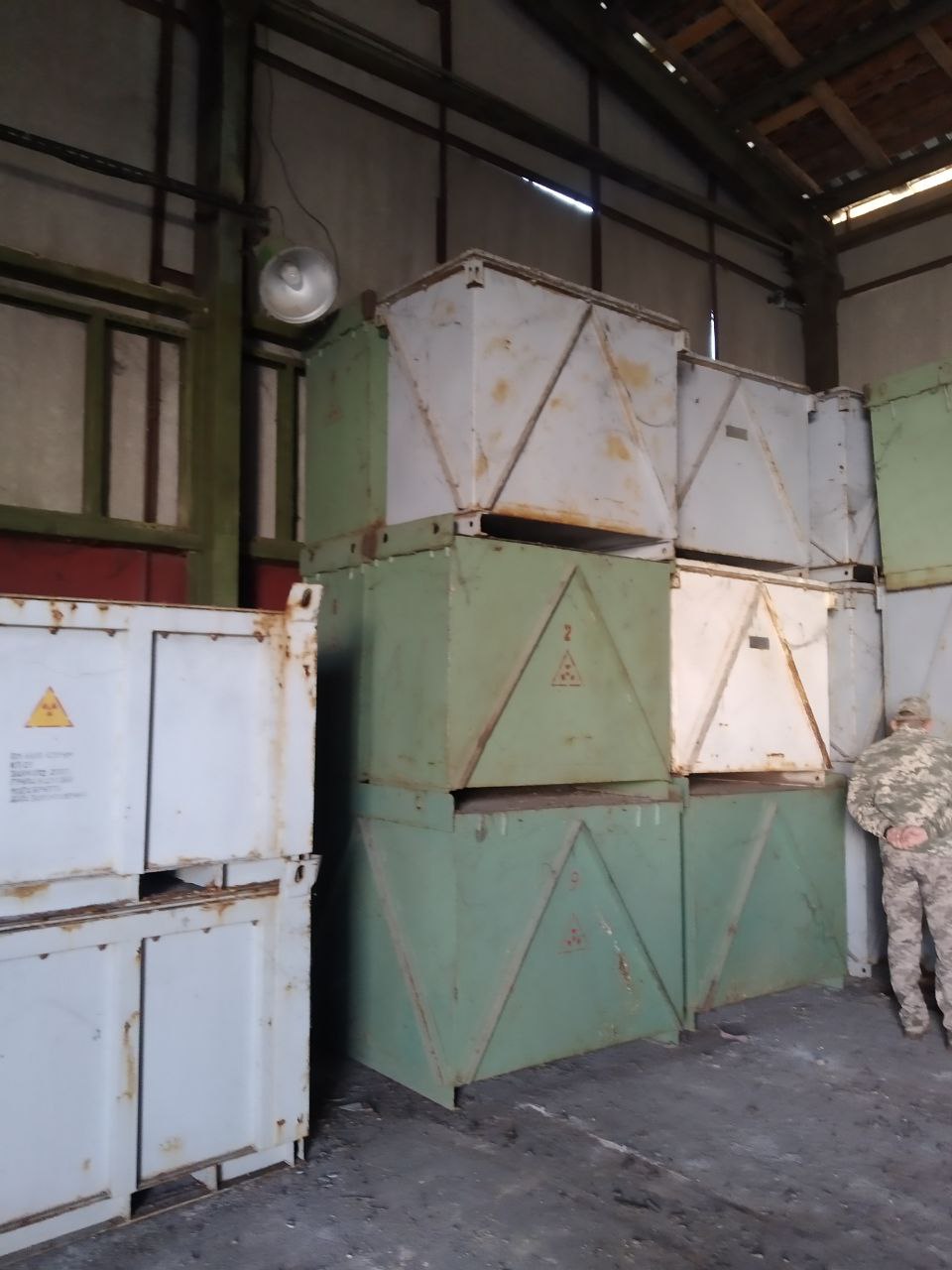
|
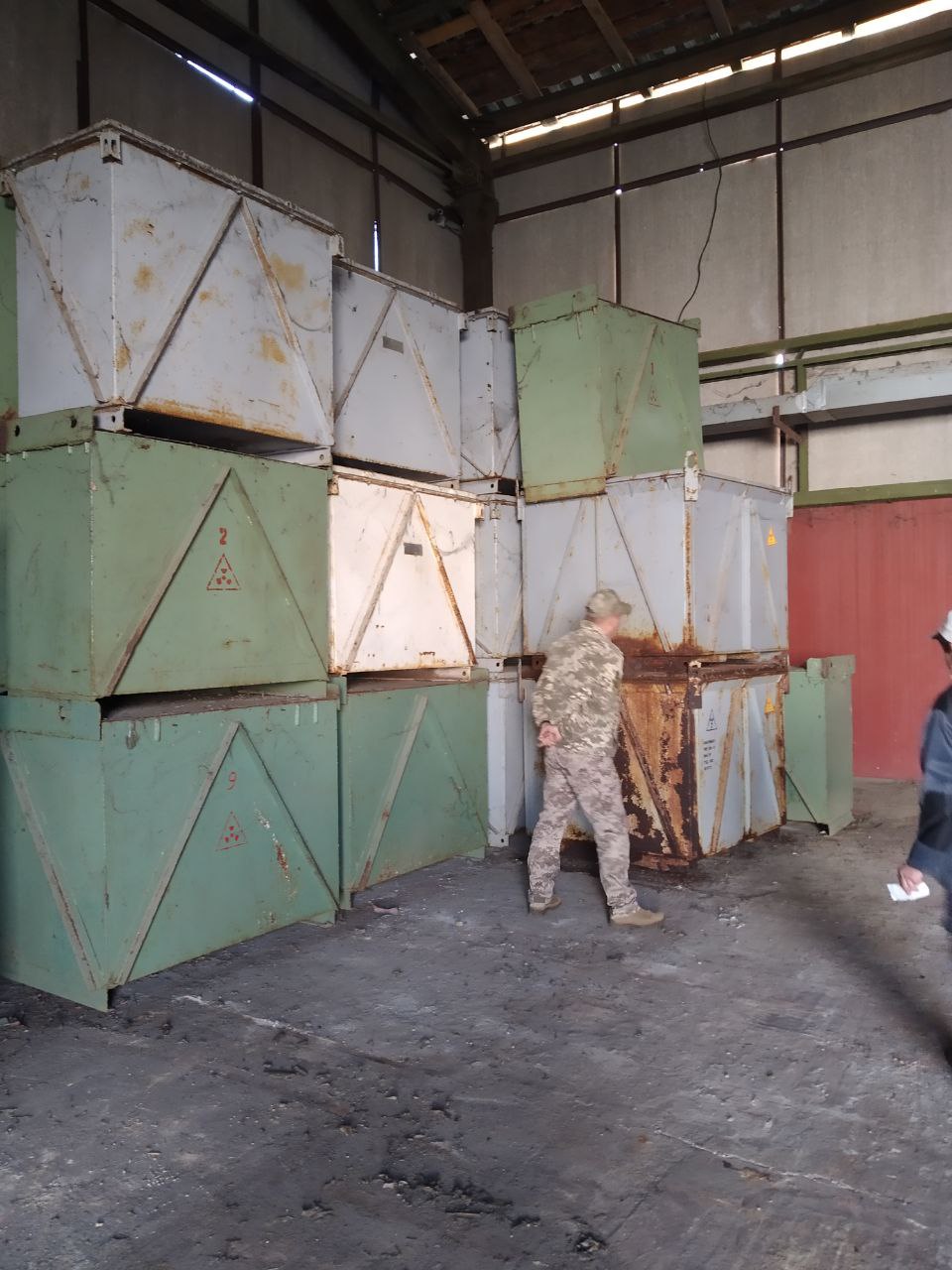
|
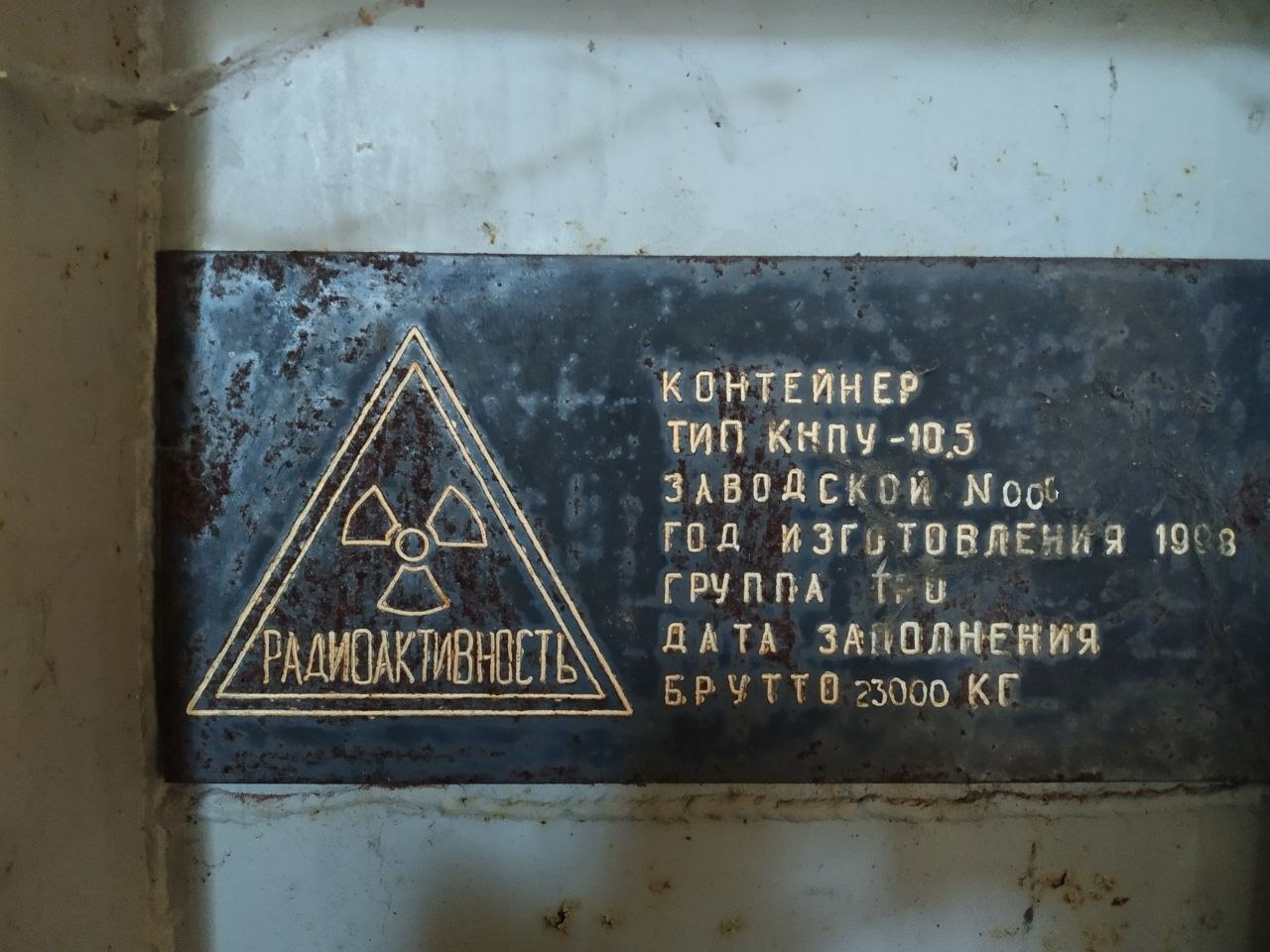
|
|
Комментарии
К1
Советский реактив CaCl2 для осушки в эксикаторах квалификации "Ч" гранулами в мешках был весьма грязным, коричневого цвета, при растворении давал мутный раствор. Такой раствор после отстаивания я много раз использовал для солевой бани.
Подобным "реактивом", но в порошке, у нас посыпают дороги против гололедицы. После снегопада люди заносят снег на обуви в подземные переходы. Уборщикам лень его убирать, они посыпают этим порошком, снег тает и стекает через решётки в полу. Скорее всего, это средство является отходом содового производства. |